The Portuguese have a saying: “Braga prays, Coimbra studies, Porto works, and Lisbon gets the money and parties”.
For our second full day in Porto, we scheduled a private tour north of Porto to the Minho region to find Portugal’s roots in the towns of Braga and Guimarães. We found the tour on Viator, provided through the company Living Tours. Our driver/guide Luis picked us up at 9am for the hour drive to Braga.
Braga’s was founded around 296 BCE by the Carthaginians. It was subsequently the capital of a Celtic tribe called Callaici Bracarii, then occupied by the Romans, the Suebi (a Germanic tribe), the Visigoths, and the Moors. In 1040, King Ferdinand of Castile and Leon, retook it from the Moors. From 1093-1147, it became the seat of the Portuguese court.
Its praying reputation comes from the early establishment of Christianity there and it has a list of bishops starting from 45 AD. Following the expulsion of the Moors, it became the first Archdiocese in Portugal in 1109. Today, there are more than 30 churches in Braga and we will visit several.
First up is the pilgrimage site of Bom Jesus do Monte (Good Jesus of the Mountain) with its impressive 18th-century staircase up the mountain to the Bom Jesus Basilica. Pilgrims take the walking path from town. The oldest funicular using water counterbalancing is an alternative means of ascending the 274 meters from town to a platform just below the basilica. However, our driver took us most of the way up via his van to the viewpoint shown in our pictures below. Keith and Paula took the stairs the rest of the way, while Dave and I opted to continue in the van to the top.
The interior was very beautiful.
Next, we headed to nearby Mount Sameiro and the Sanctuary of Our Lady of Sameiro with another impressive lookout (when it’s not foggy). This is one of the newer churches, constructed in the 19th century. The view was totally fogged in when we arrived, so we went to see the inside. When we came out a few minutes later, the fog and clouds were beginning to break, opening to a view over the city.
Here’s Sameiro Viewpoint before and after fog. Move the slider right or left to see full image of each.
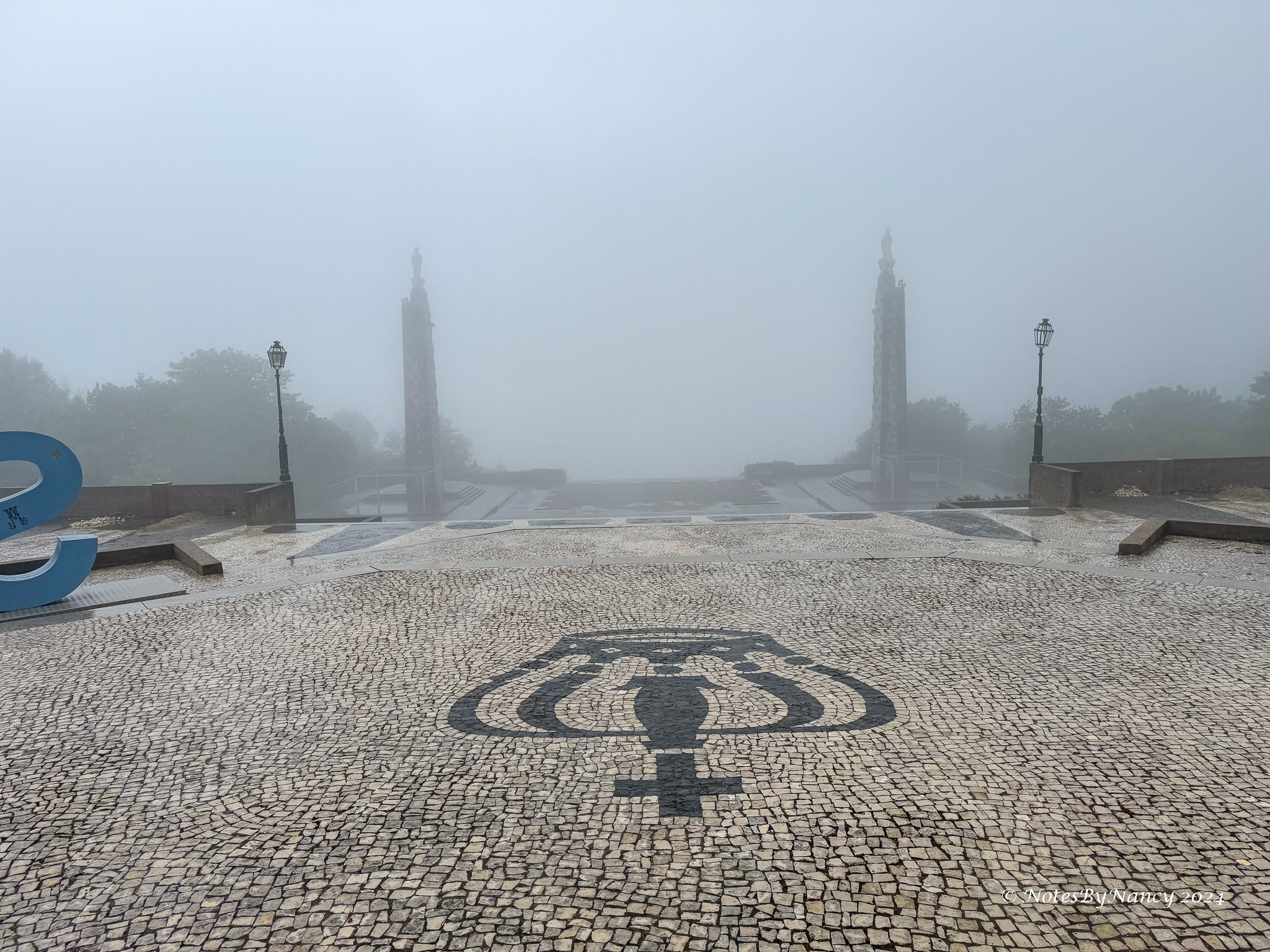
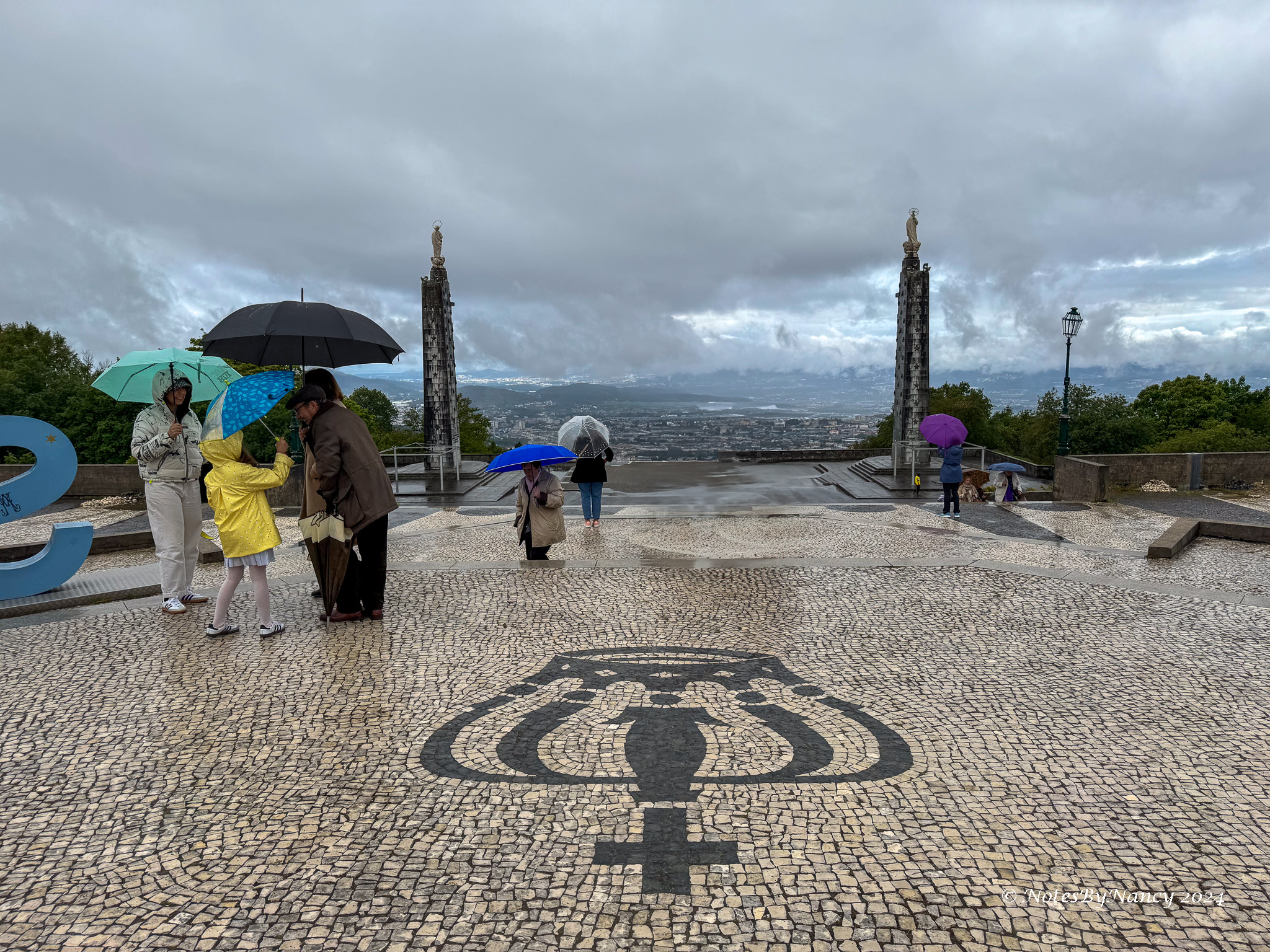
What a difference between the late 19th century Sanctuary of Our Lady of Sameiro and the early 18th century Bom Jesus.
As we headed to the old town, we actually saw blue skies for the first time in two days.

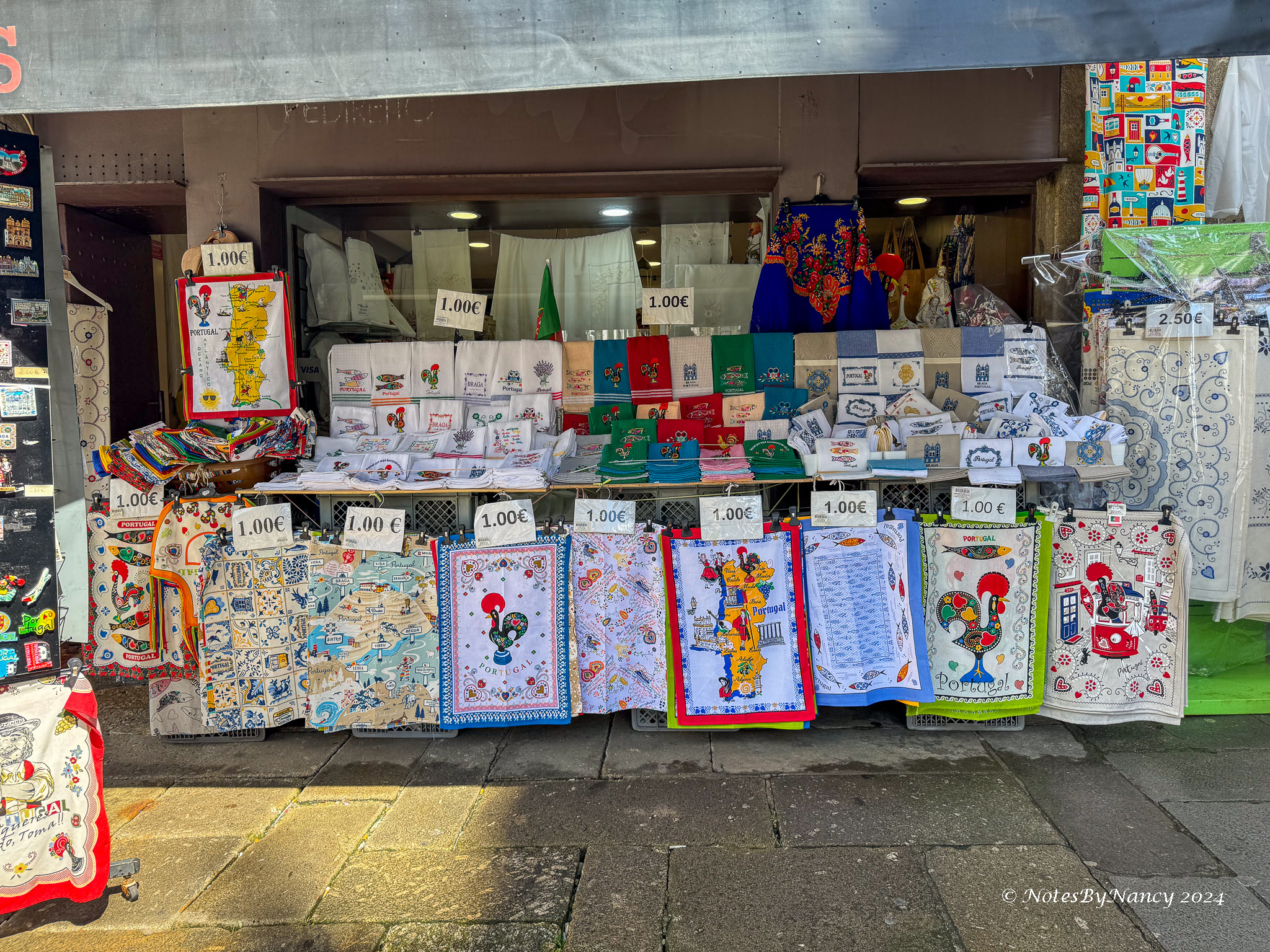
Braga’s historic 12th-century Romanesque cathedral (Sé de Braga), the oldest in Portugal, predates the founding of Portugal as a country. It was rebuilt in the 16th century in a blend of Moorish, Gothic, and Manueline styles. The interior reflects Baroque influences and is much more impressive than the exterior.
When we came out of the cathedral it was raining again! We walked through the historical center to our restaurant for a lunch of a traditional Portuguese dish served family-style, Arroz de Pato (Duck Rice). It was delicioso!
Following lunch, we walked through the Garden of Santa Barbara adjacent to the Archbishop’s Court.
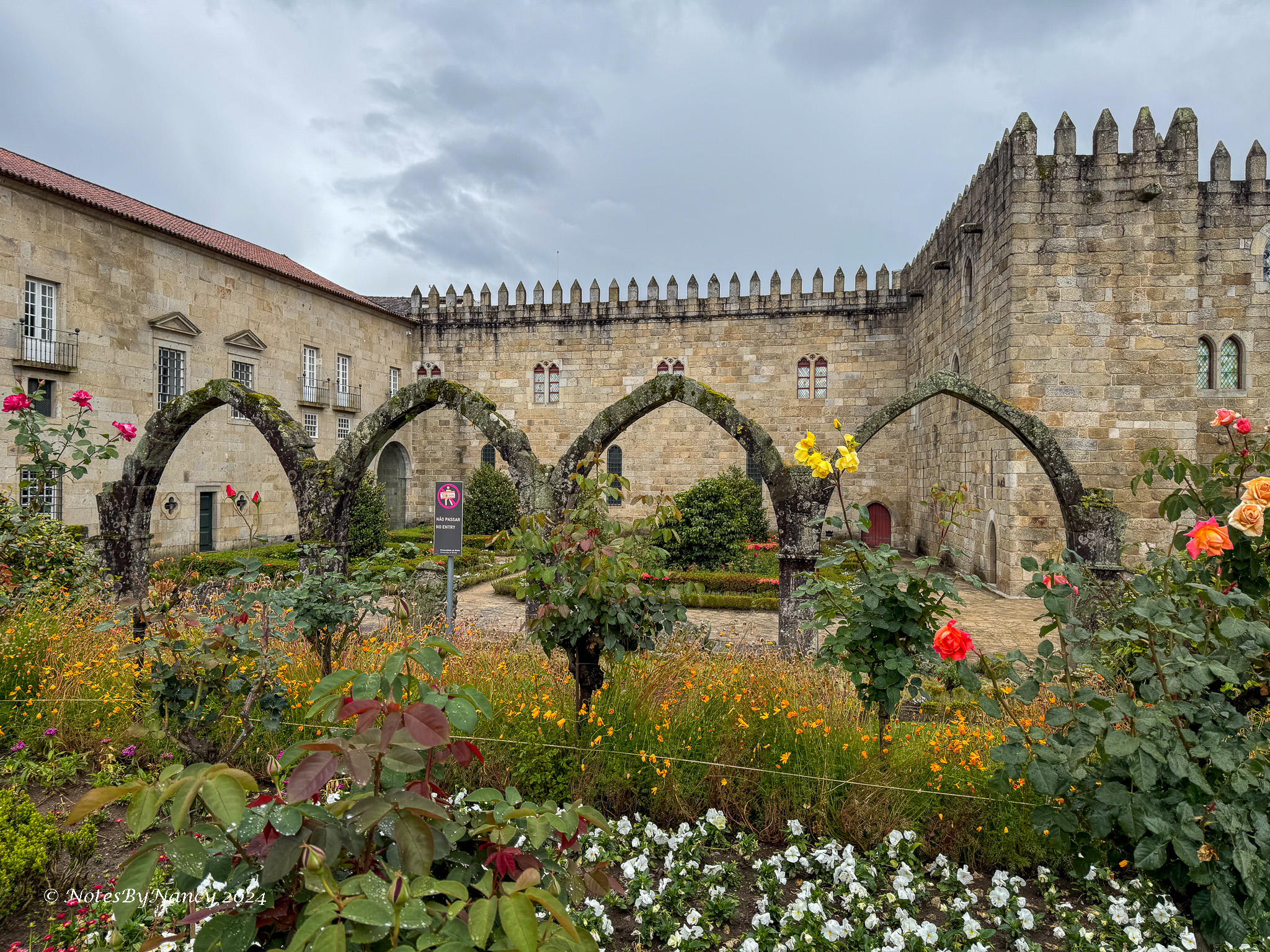
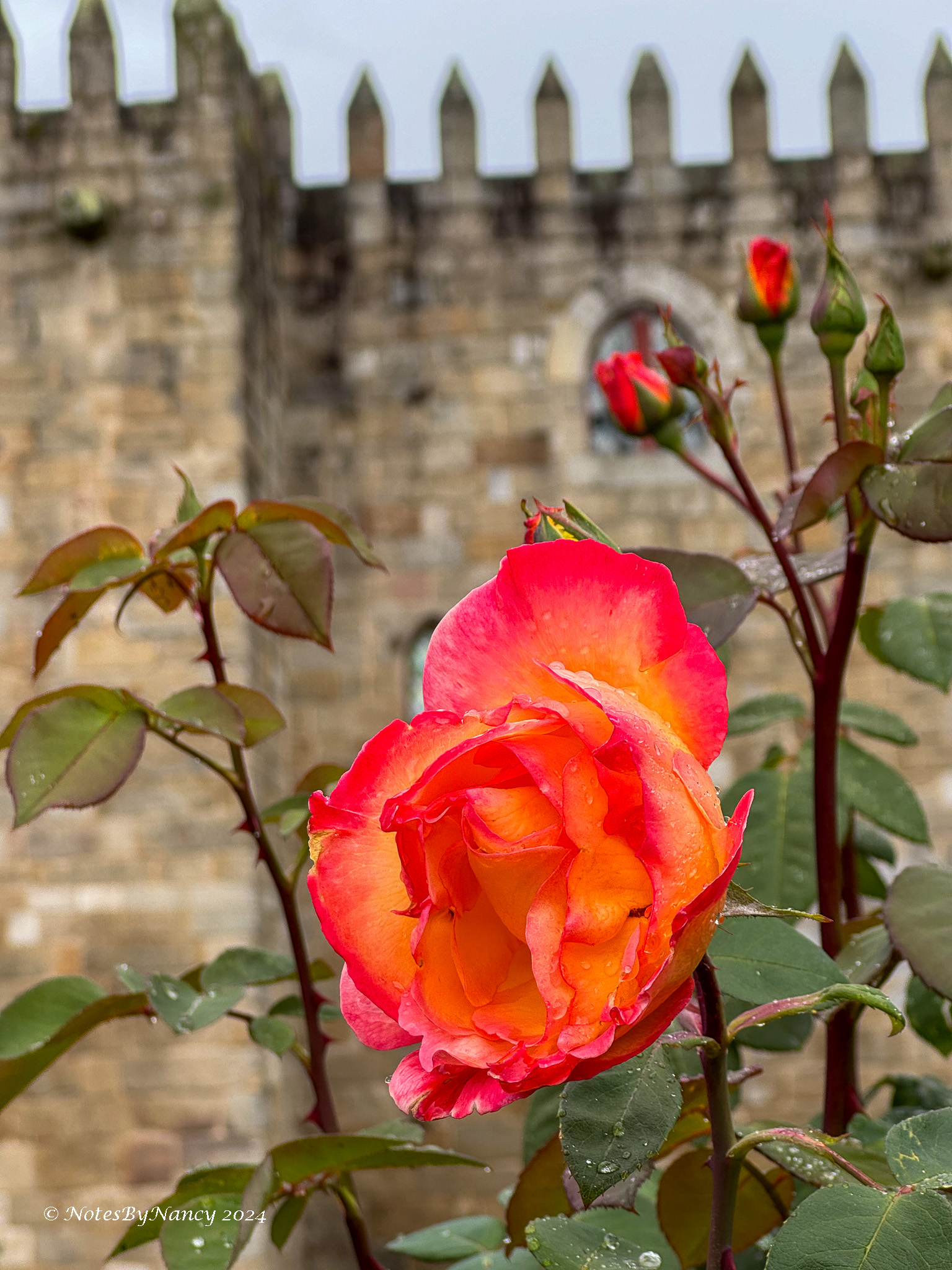

Beyond its ecclesiastical nature, the city also has many industries from manufacturing furniture to nanotechnology! In 1973, the University of Minho was founded in Braga, so while it is among the oldest settlements, it has one of the youngest populations. The region is the third largest “metro” population behind Lisbon and Porto.
Now it’s time to head to the birthplace of Portugal – Guimarães. Portugal’s first King, Afonso Henriques was born here, and the Battle of São Mamede in 1178 – considered the seminal event for the foundation of the Kingdom of Portugal – was fought nearby. Guimarães is located approximately 15 miles southeast of Braga, but the winding roads make it about a 30-minute drive.
Luis found a parking spot near the Castle at the top of the hill, then we walked down to the historic UNESCO-listed city center from there. As you can see, the skies cleared again, but by the time we reached the town square, the rain returned. However, that did not stop the local band marching through town celebrating Labor Day. While Luis ran back up the castle hill to fetch the van, we killed time in a pastry shop before heading back to Porto. Yum!
On the way back to Porto, Luis was gracious to take us to a huge supermarket in a mall with a parking garage to pick up a few items for the apartment and remainder of our trip that we’d been unable to find in the small mini-markets. It was bigger than any Super Wal-mart I’ve ever been to and had everything from automotive products to zucchini.
That evening, we were thankful for our reservation at Adega São Nicolau. We overheard the woman at an adjacent table telling her companion that she’d made their reservation weeks ago because it was hard to get a reservation there! Dave and Keith ordered beef dishes again, Paula got an octopus dish, and unfortunately, I no longer remember what I got (blaming it on meds), but I remember it was all very good again!

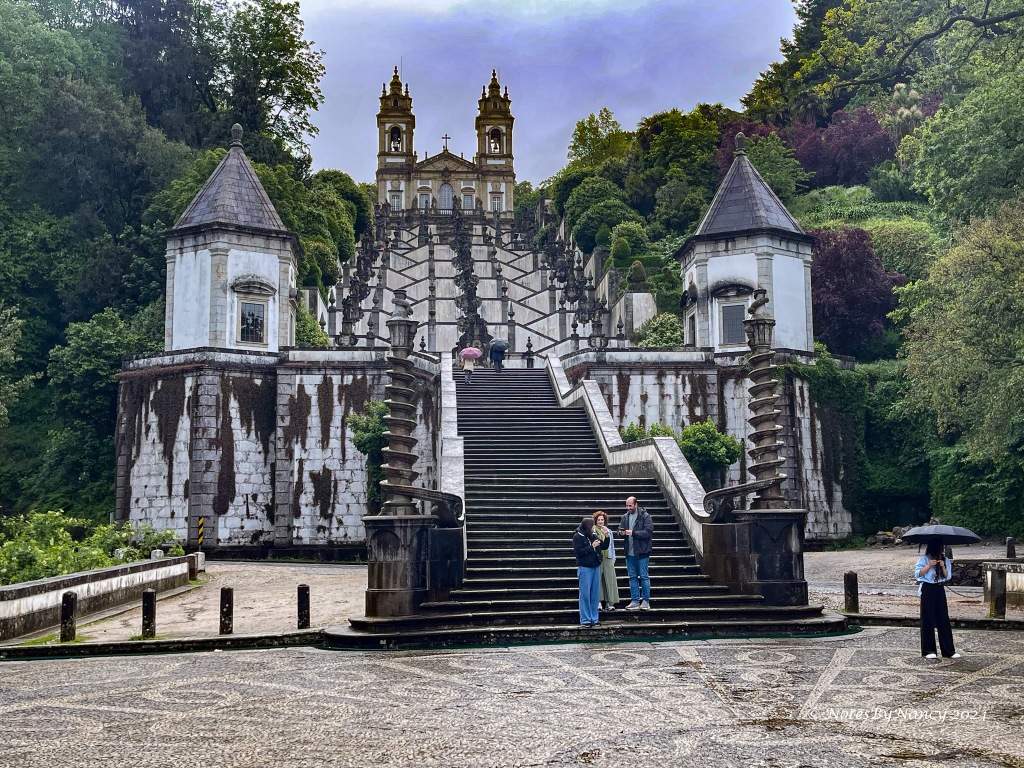
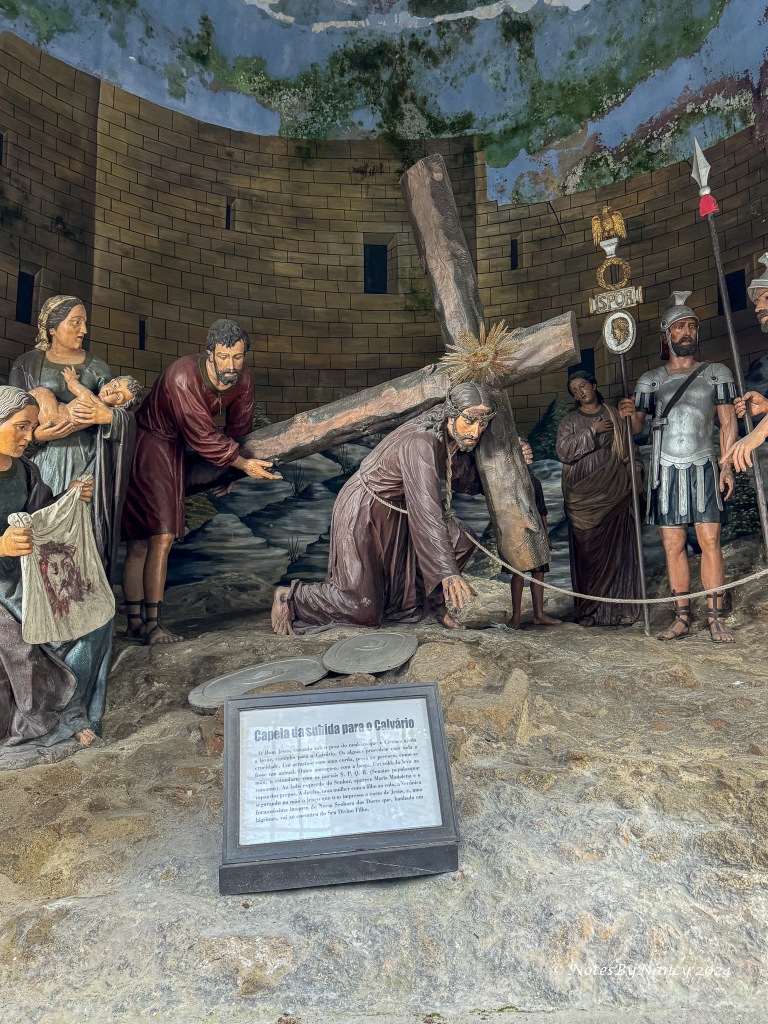
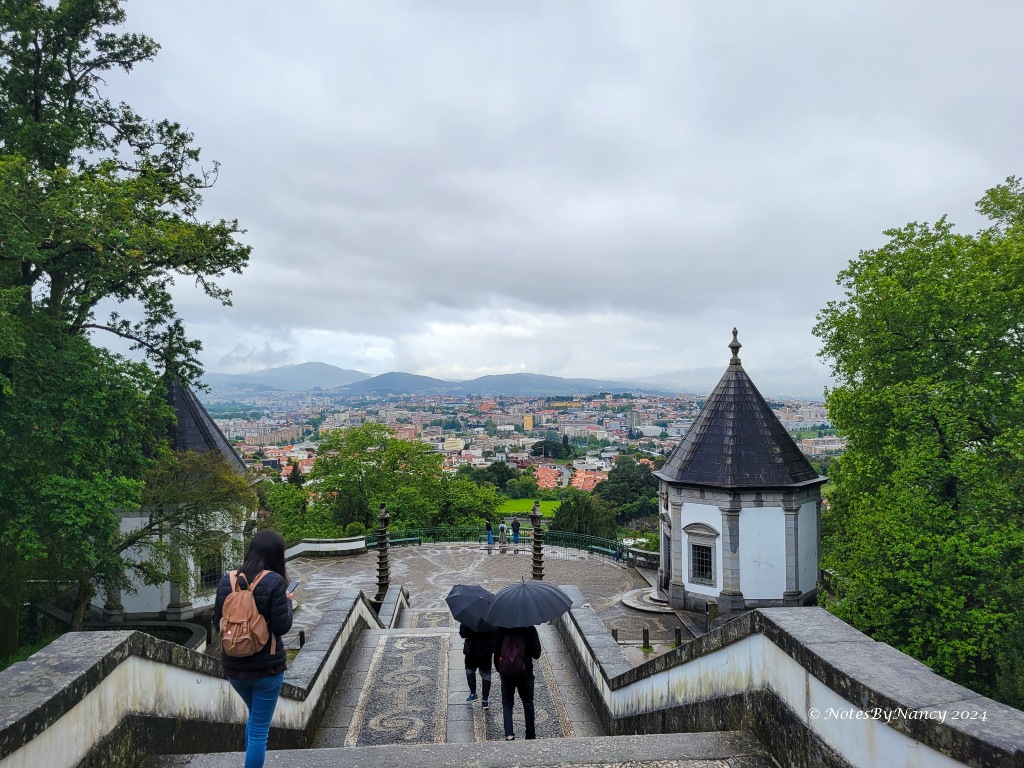
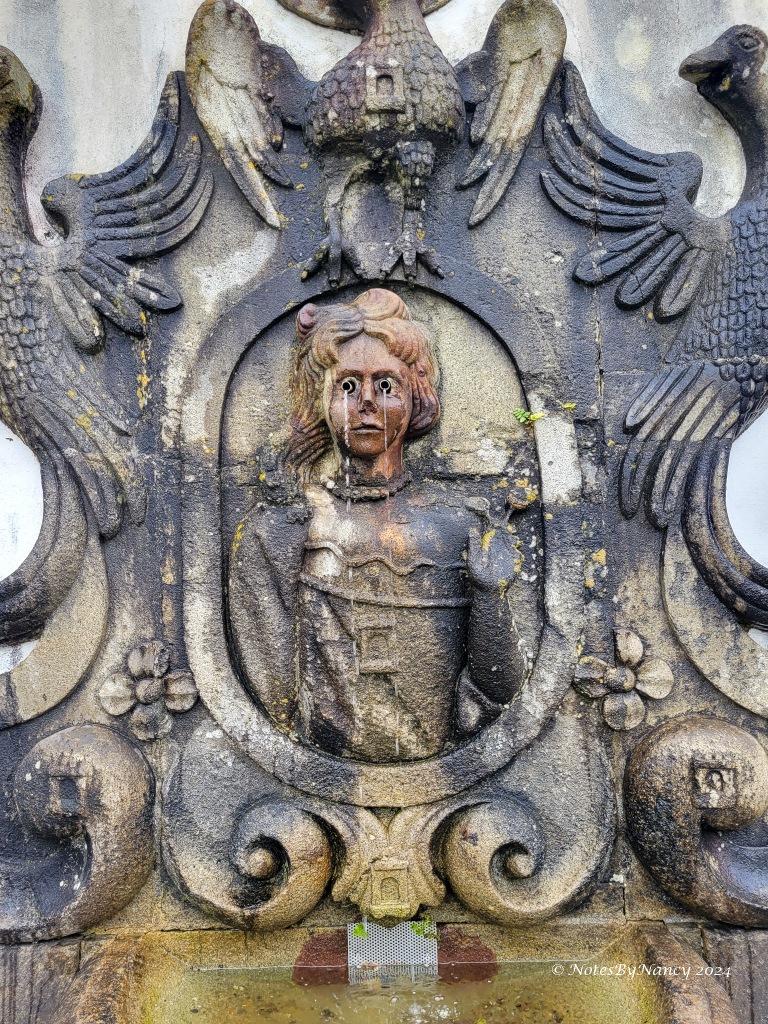
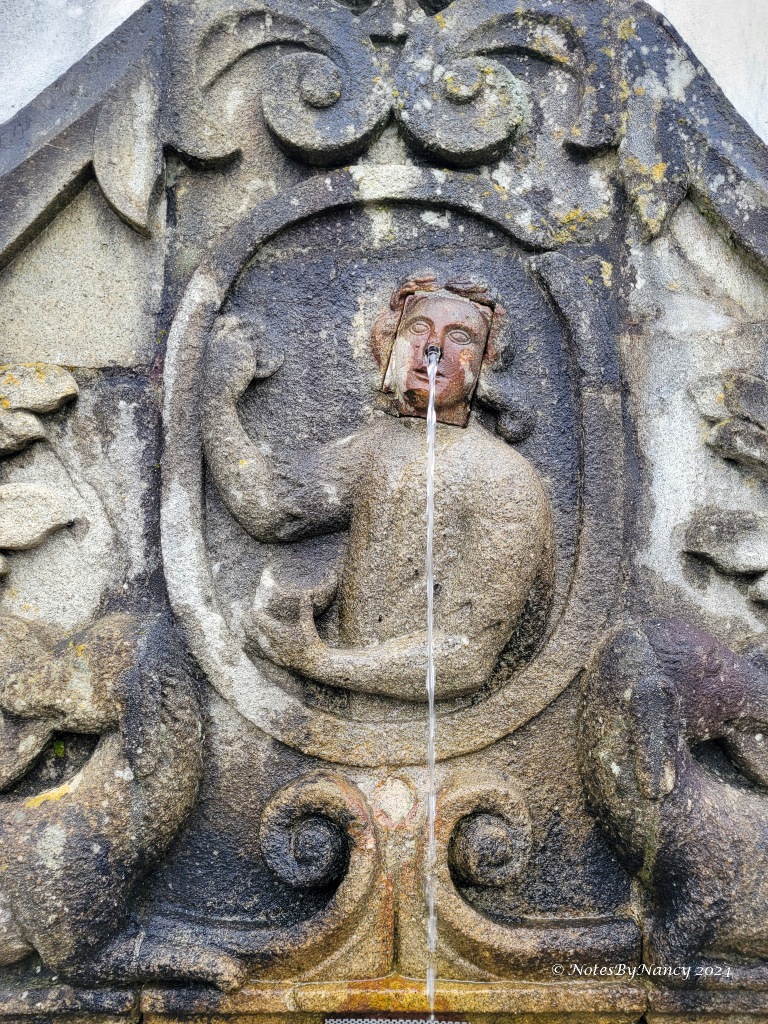
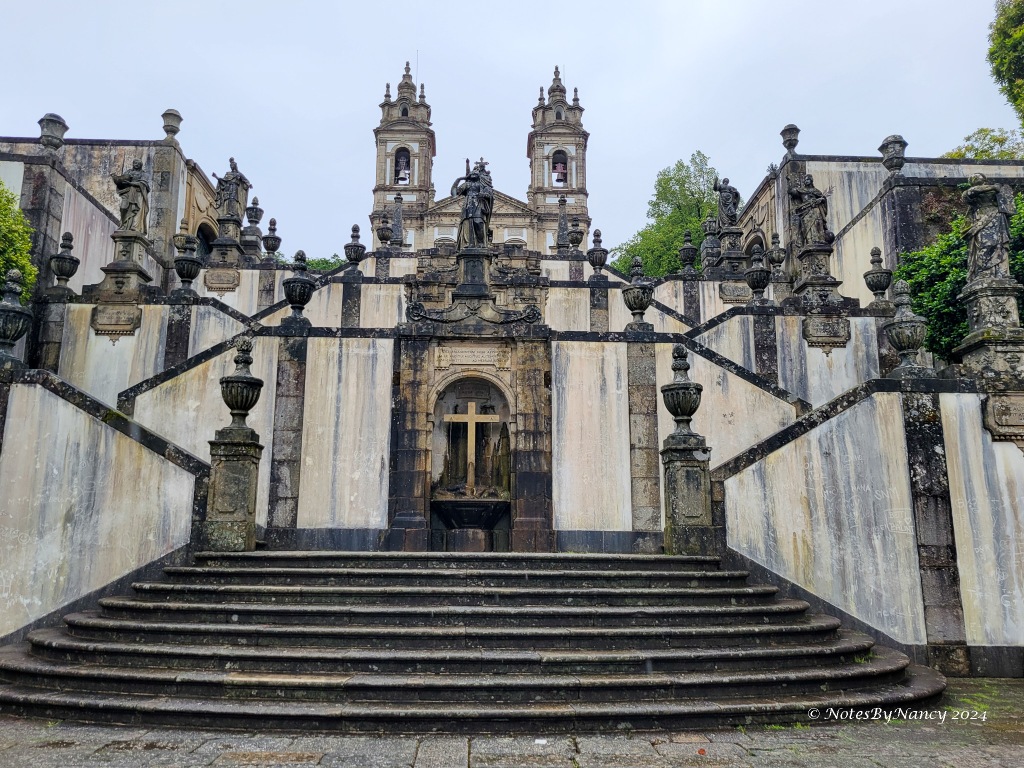

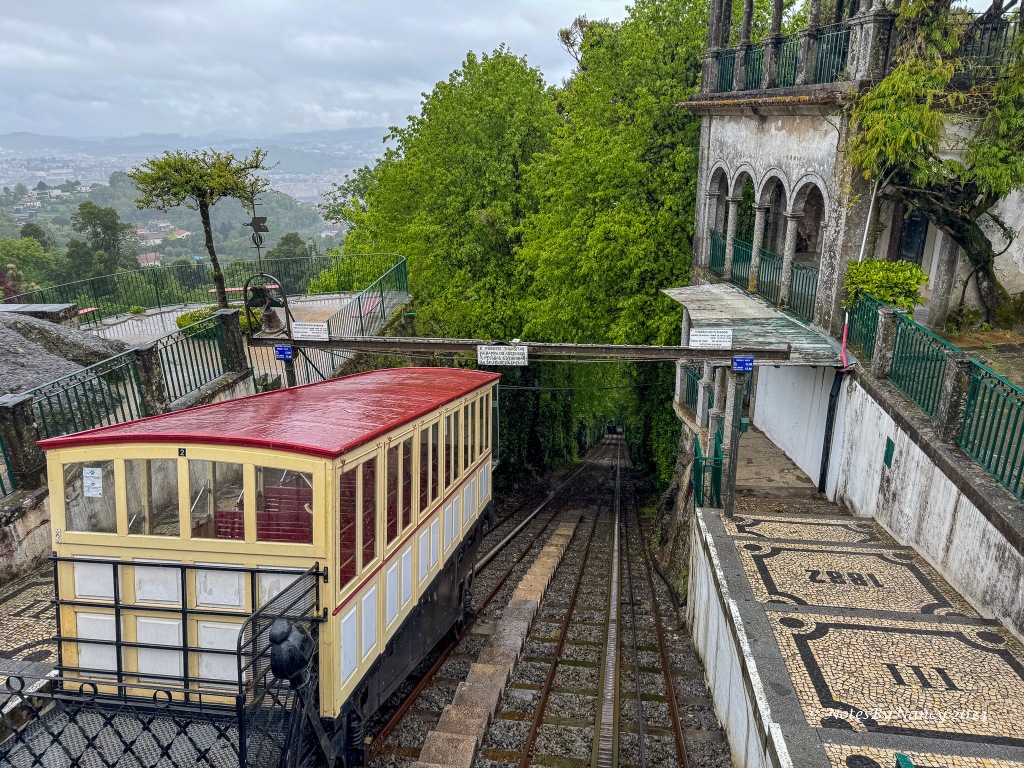
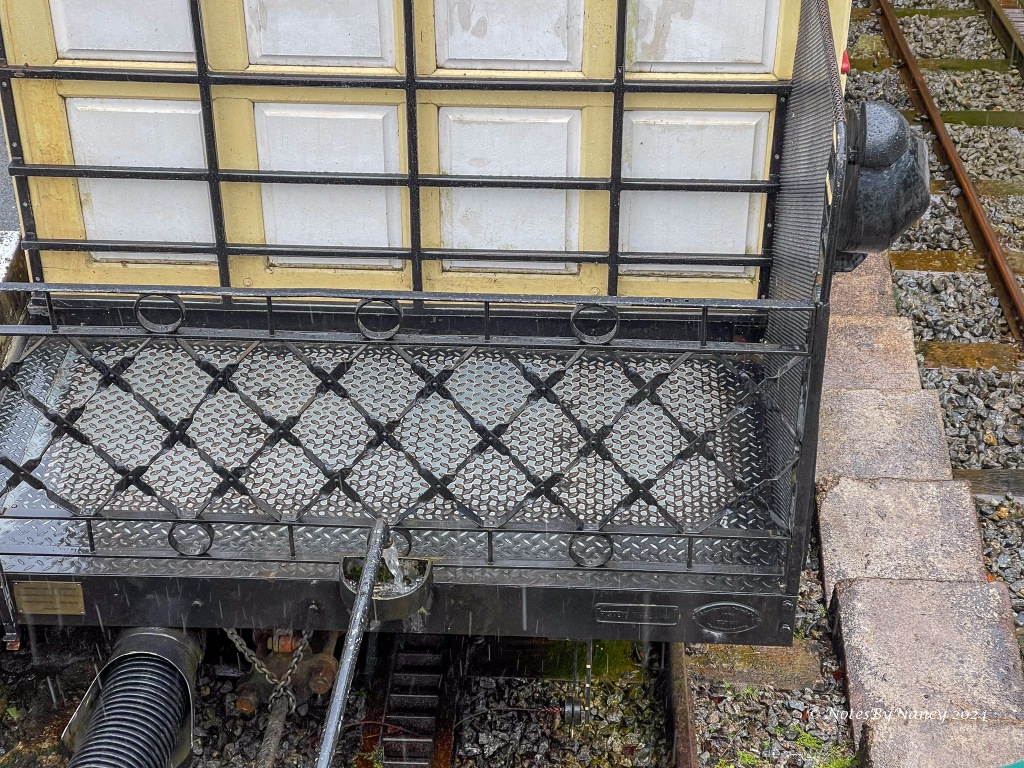
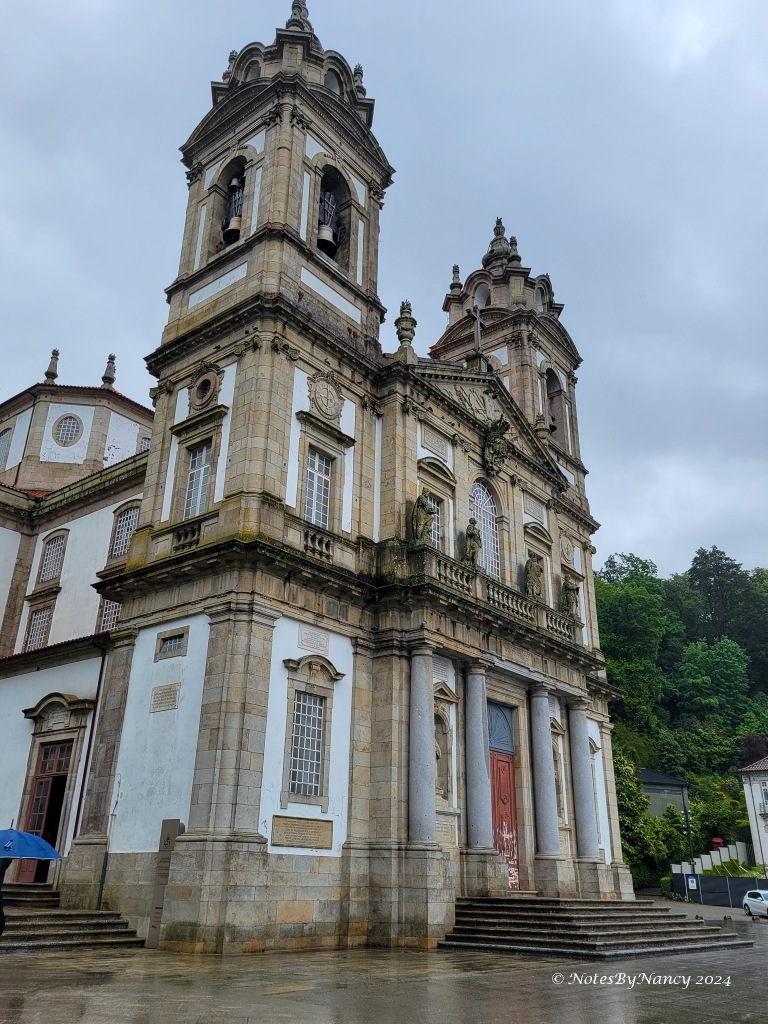
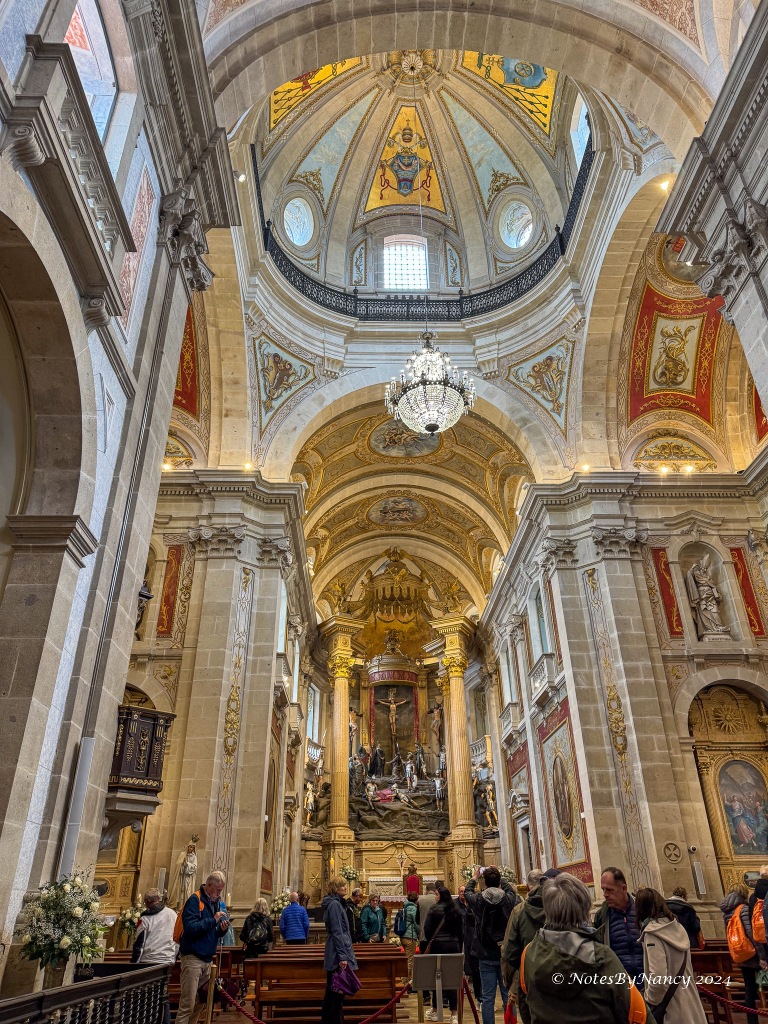
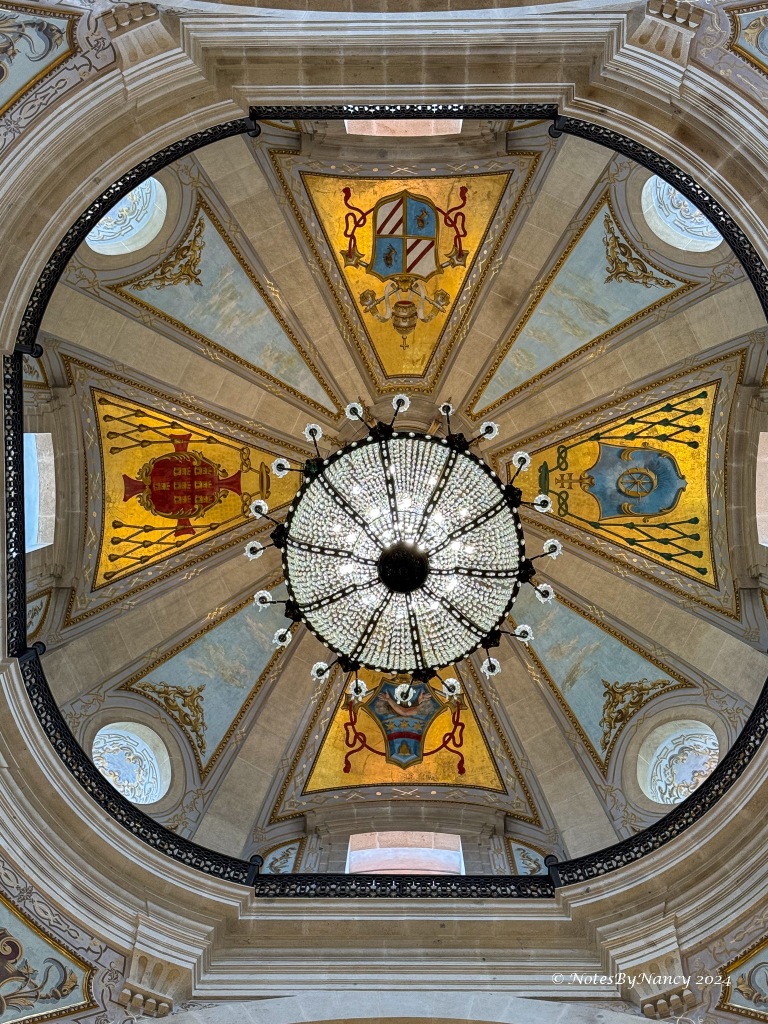
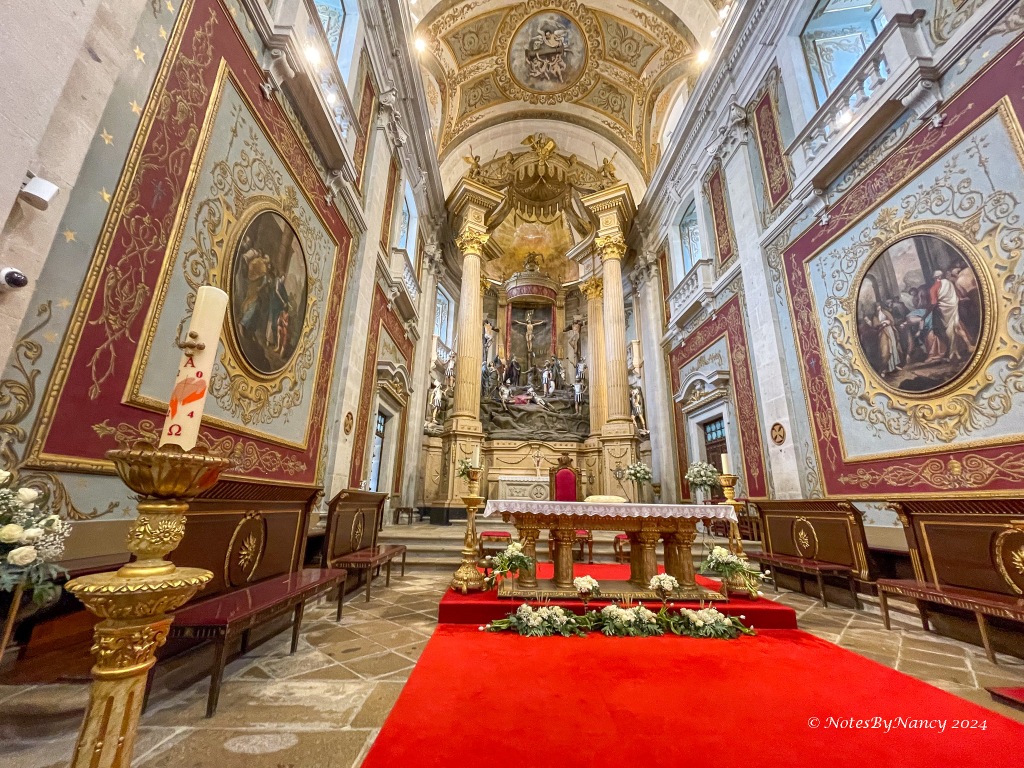
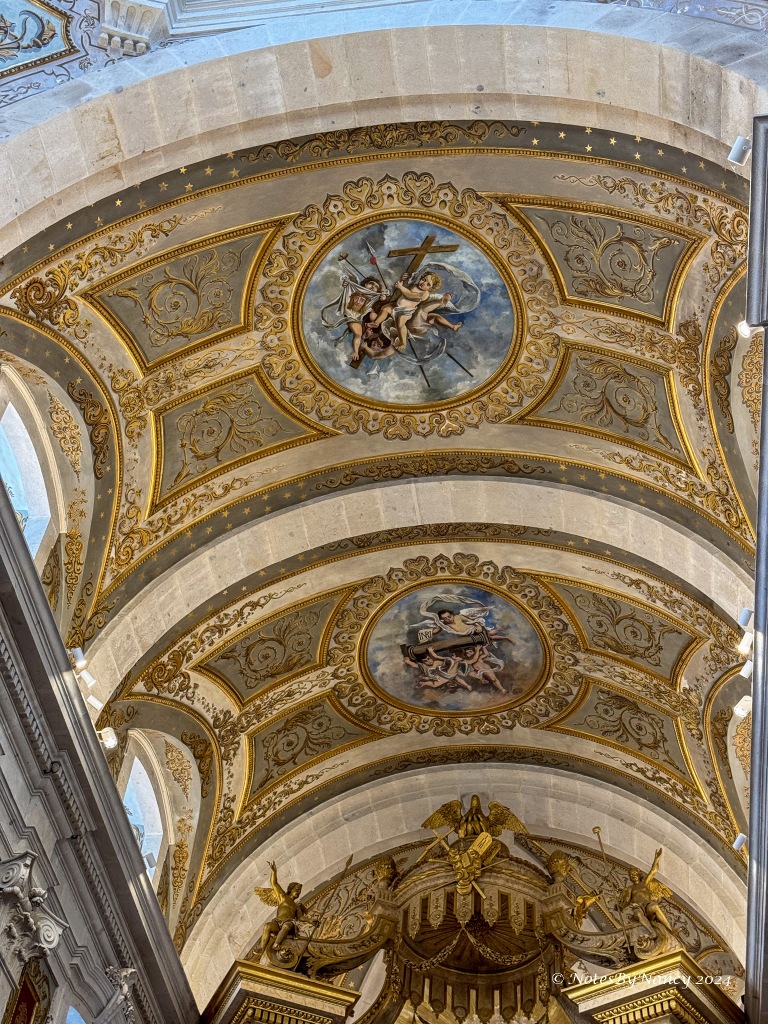
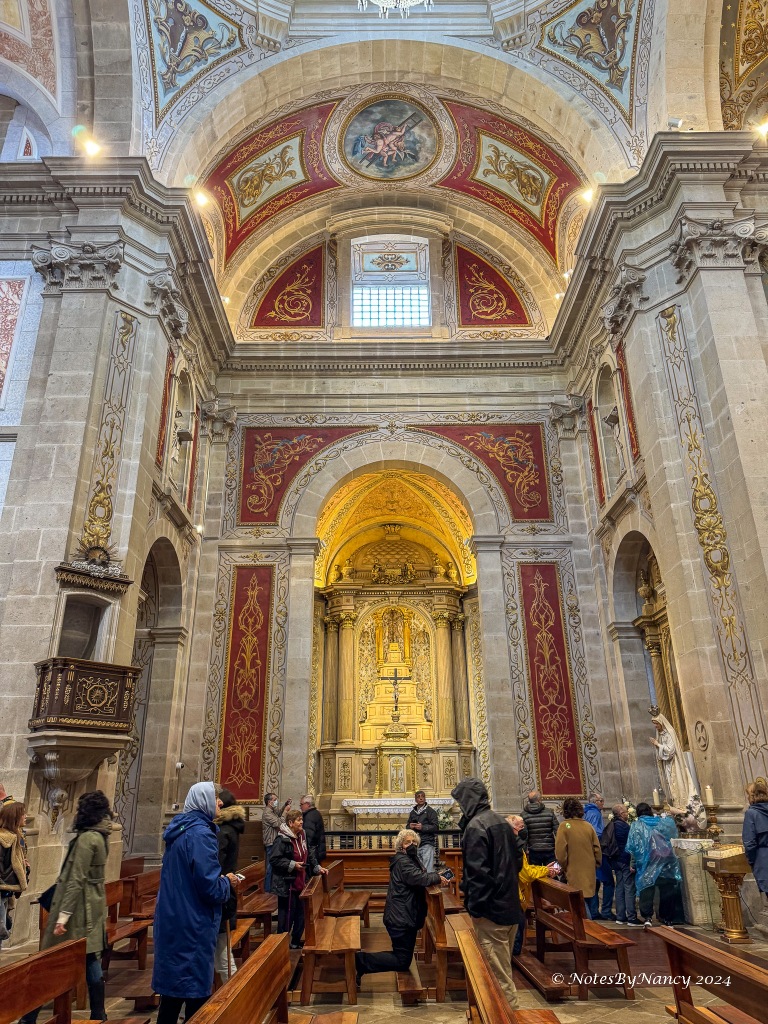
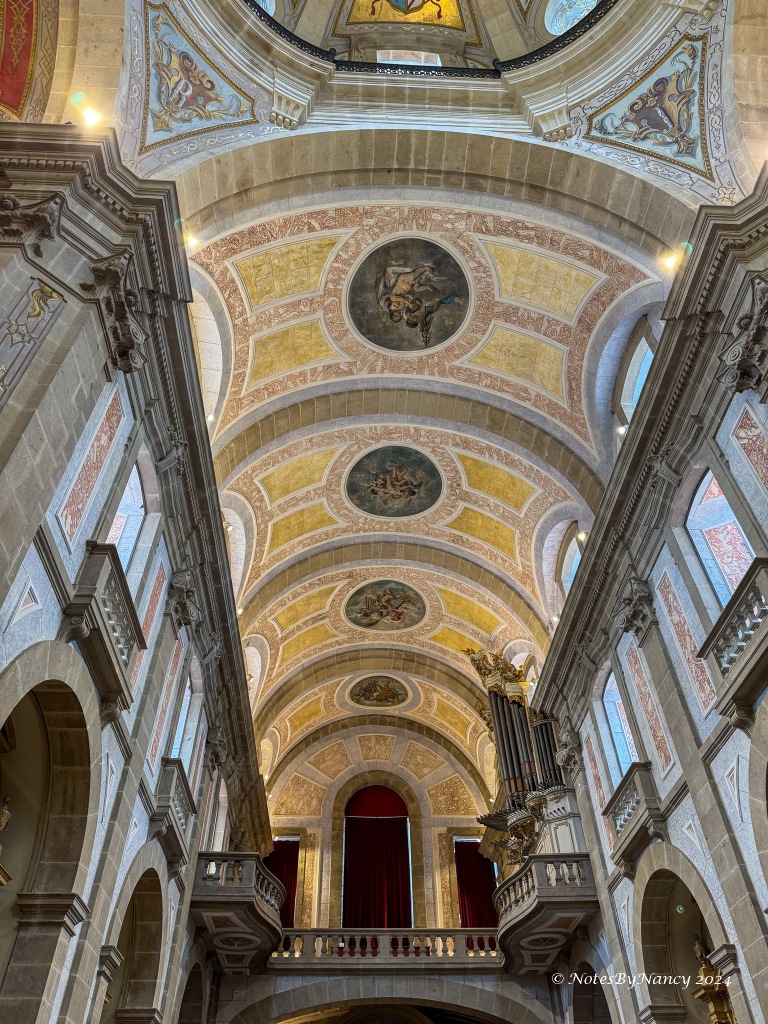
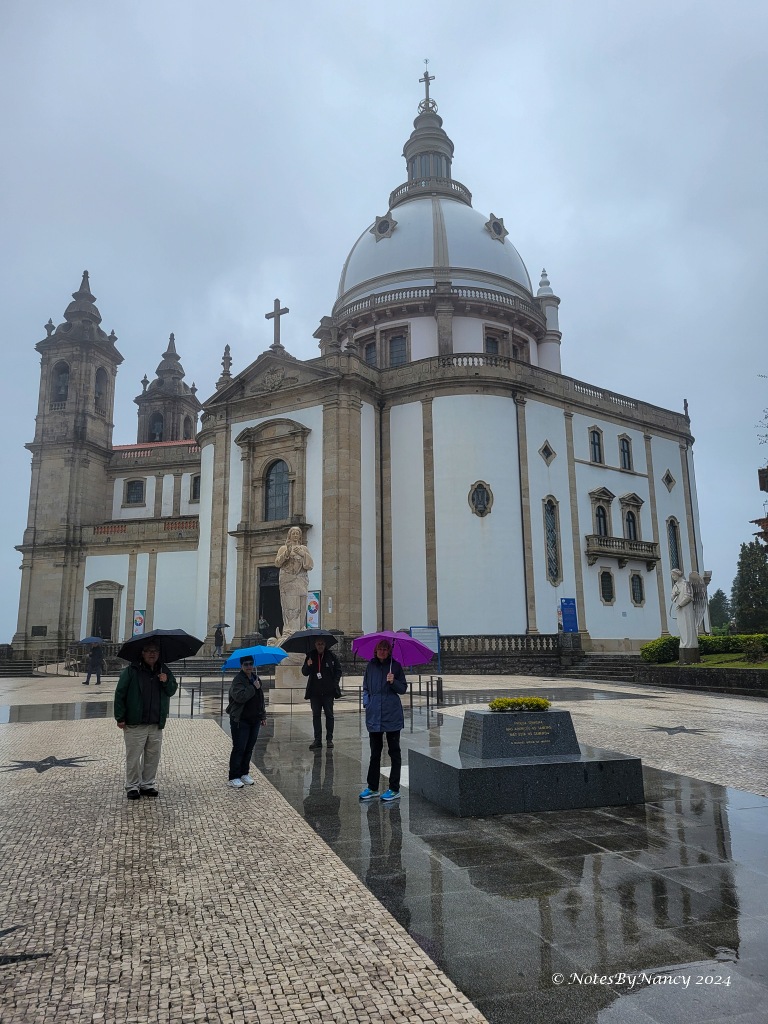
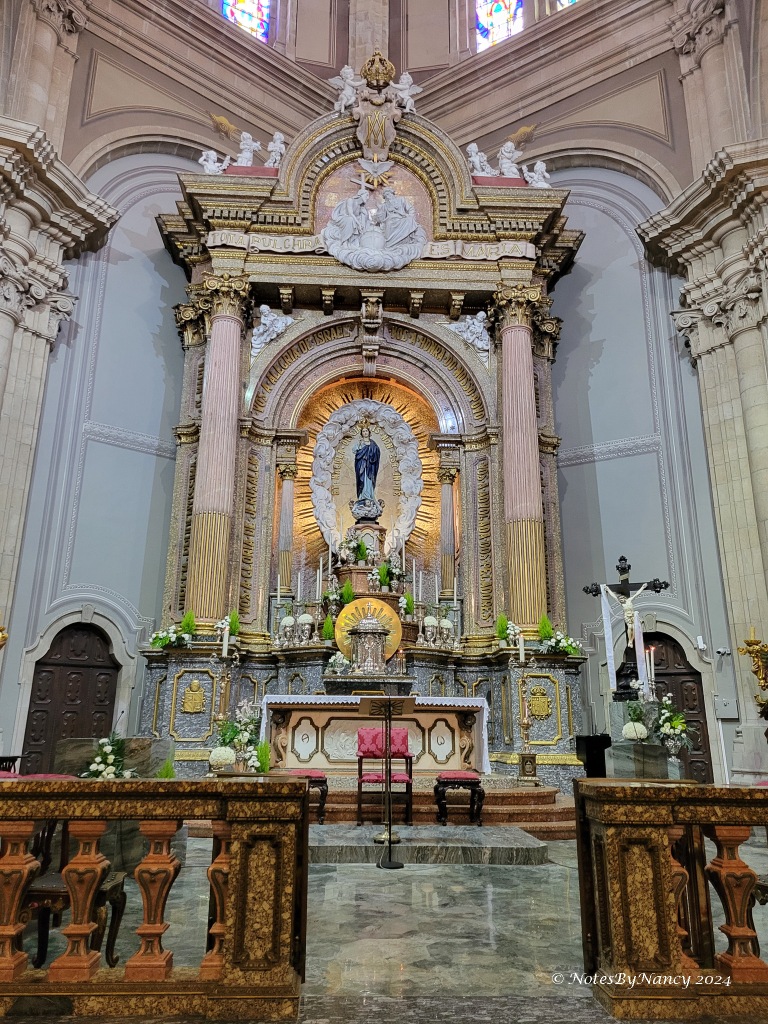
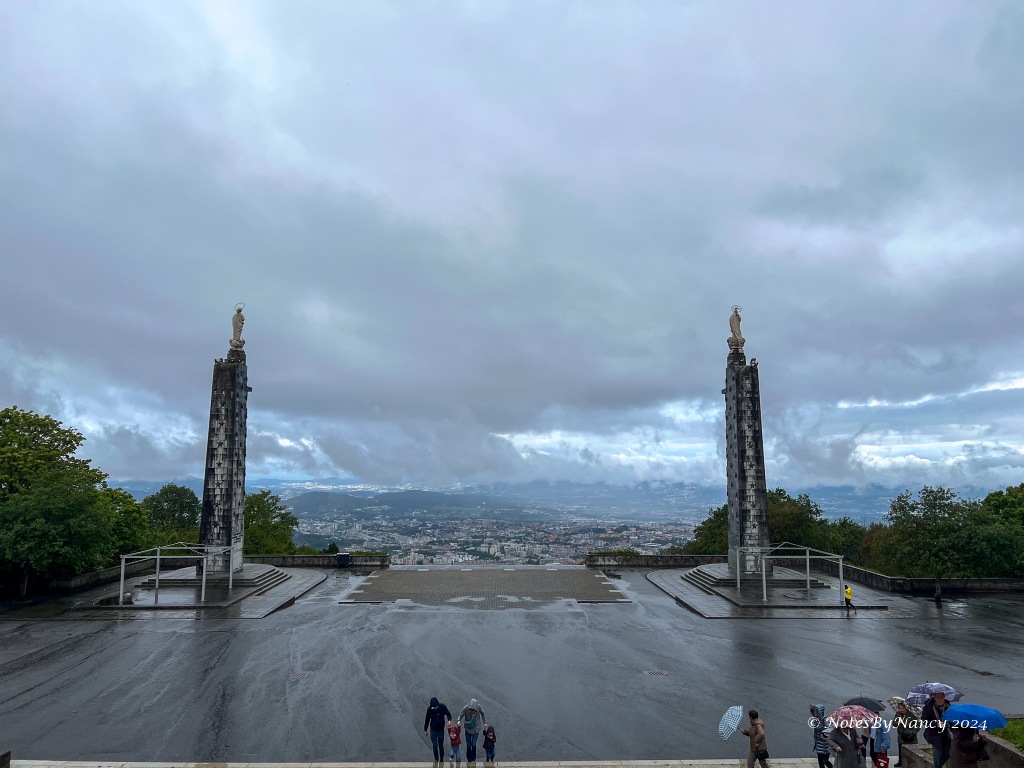
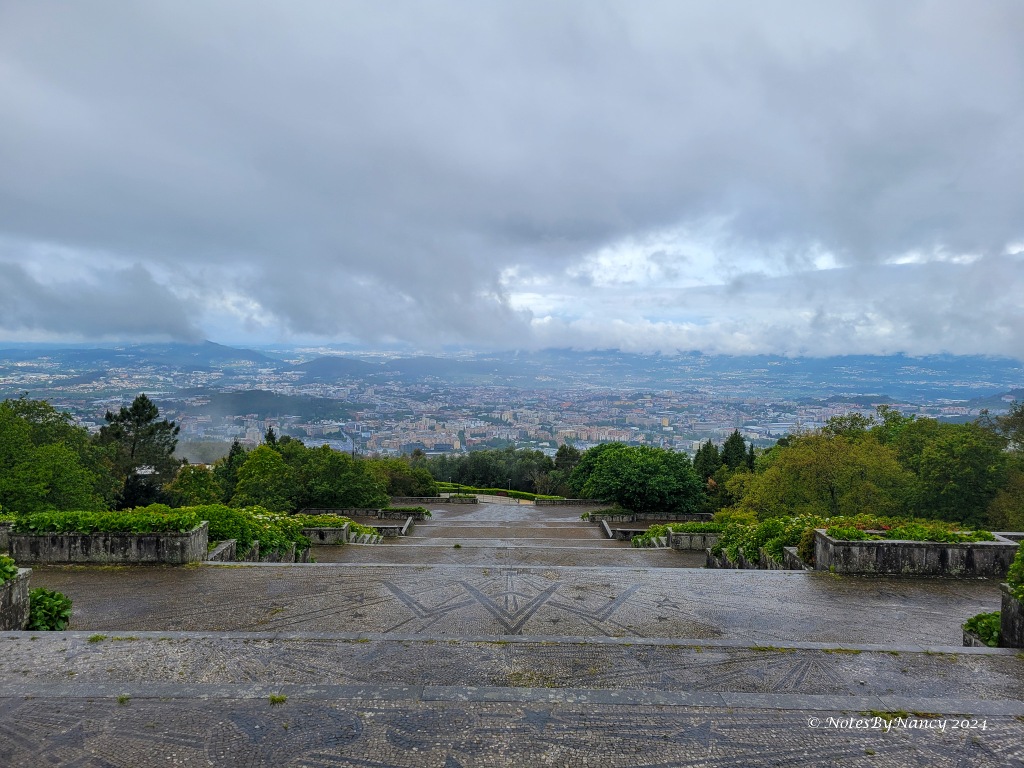
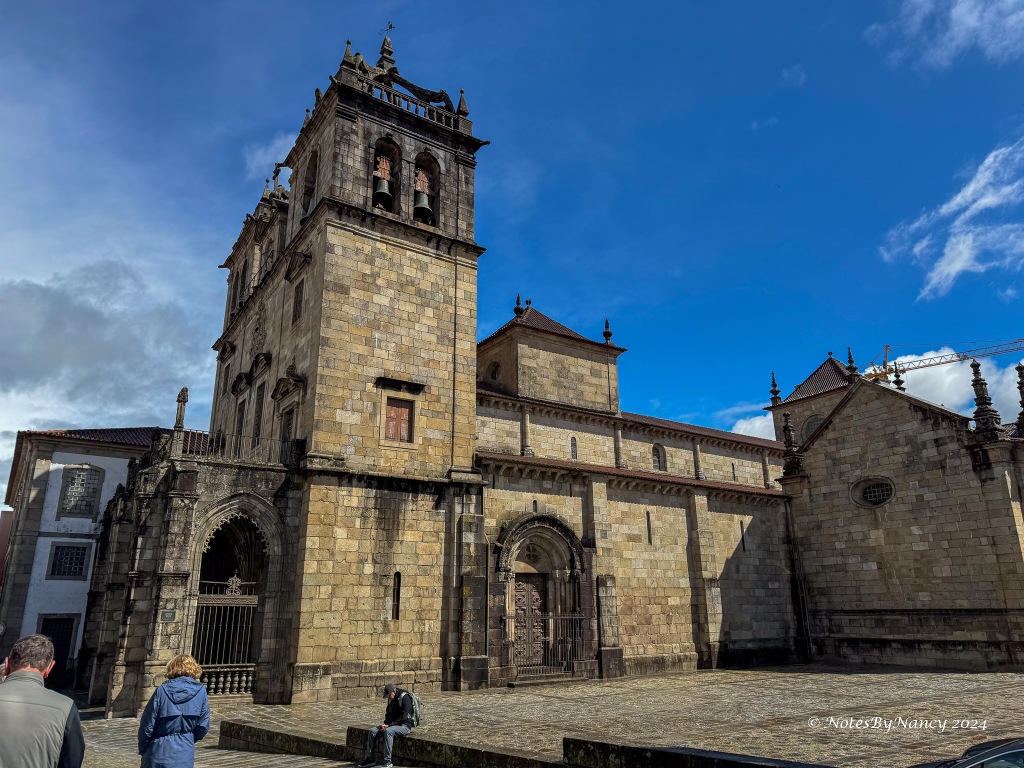
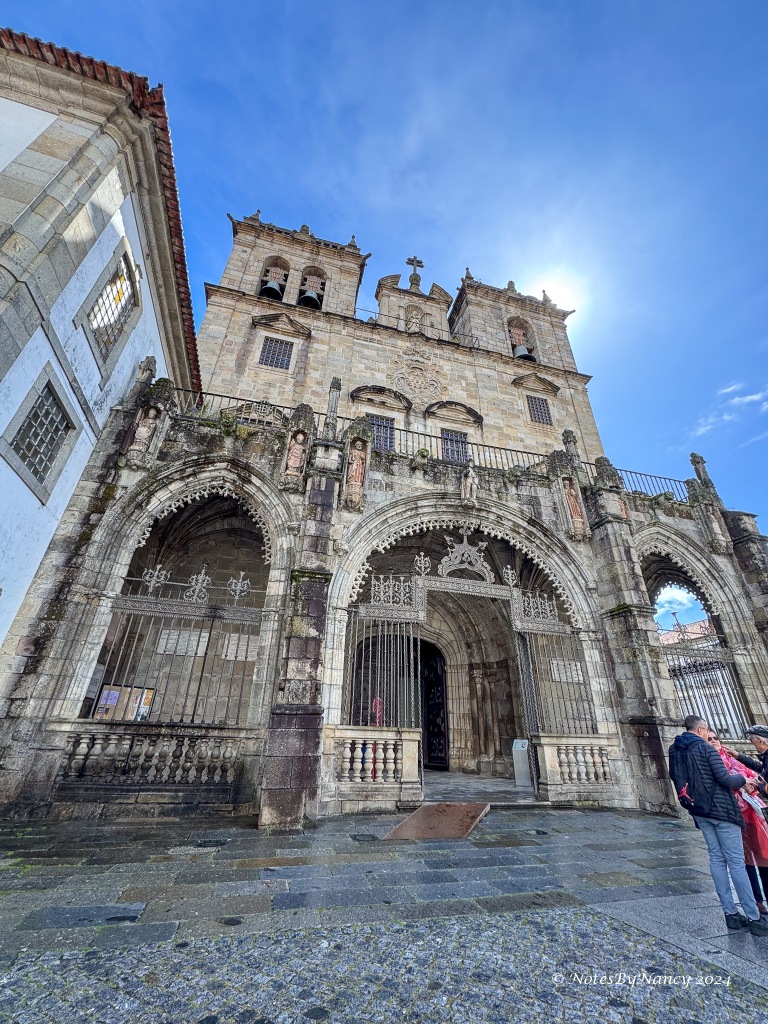
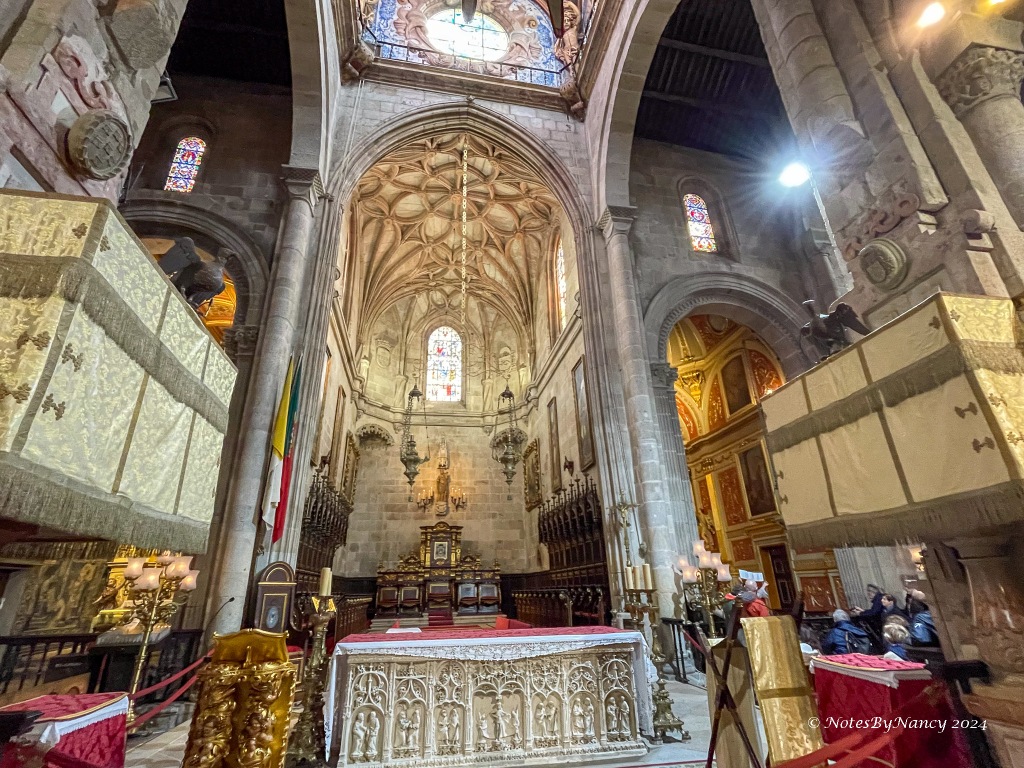
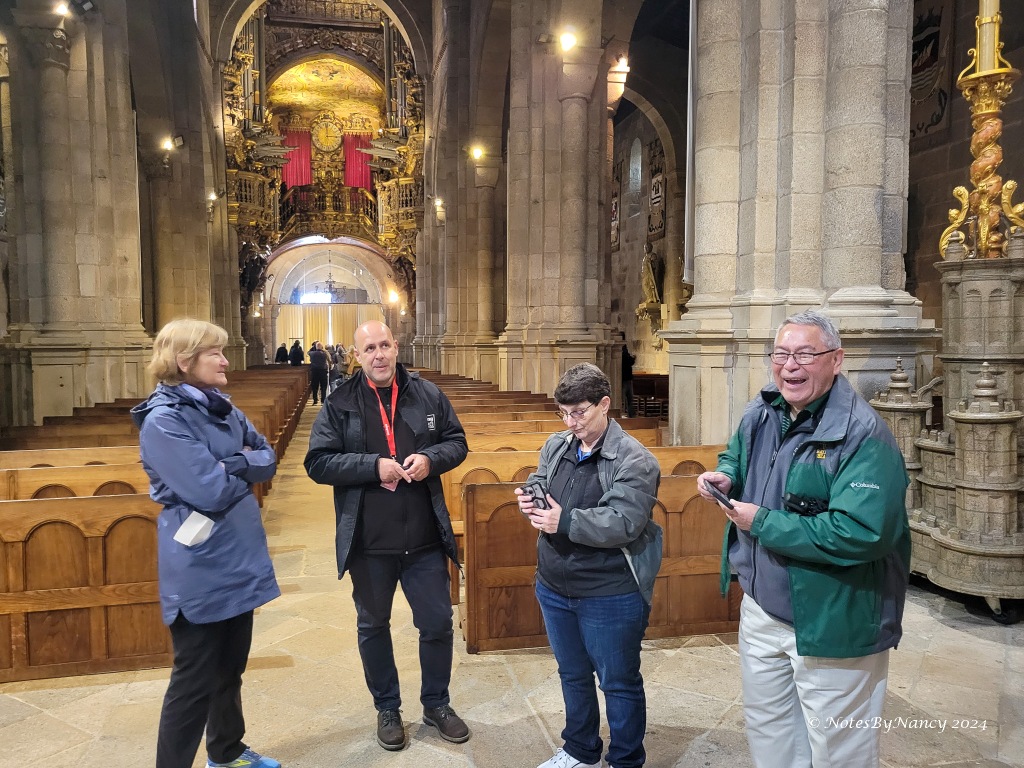
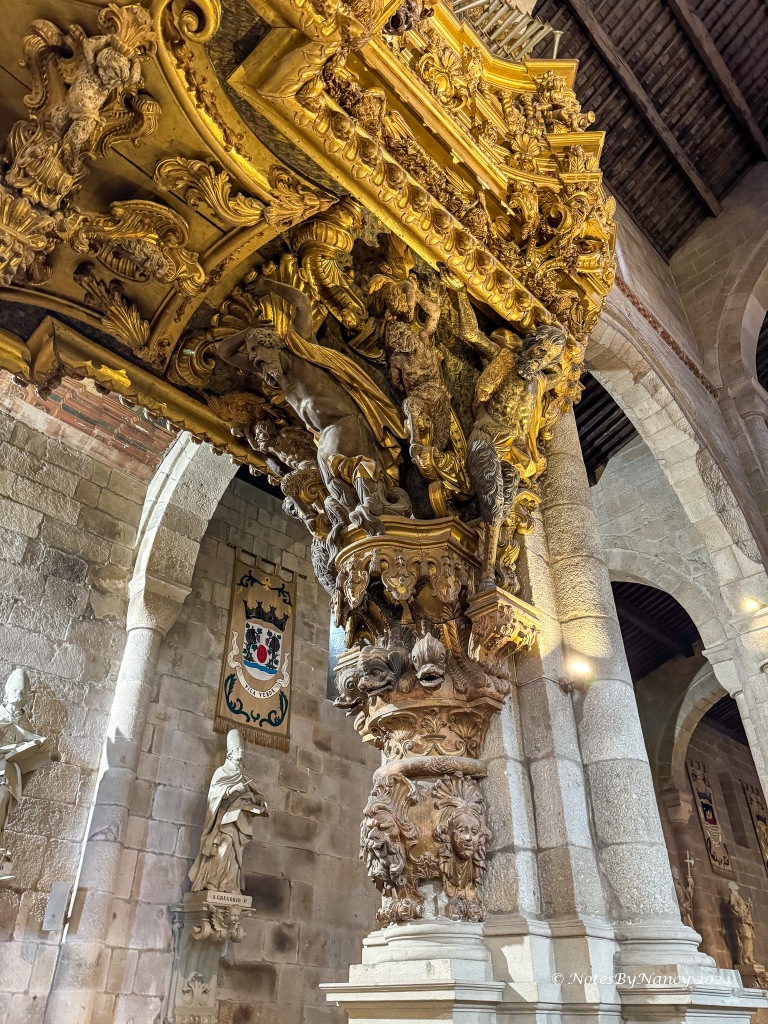
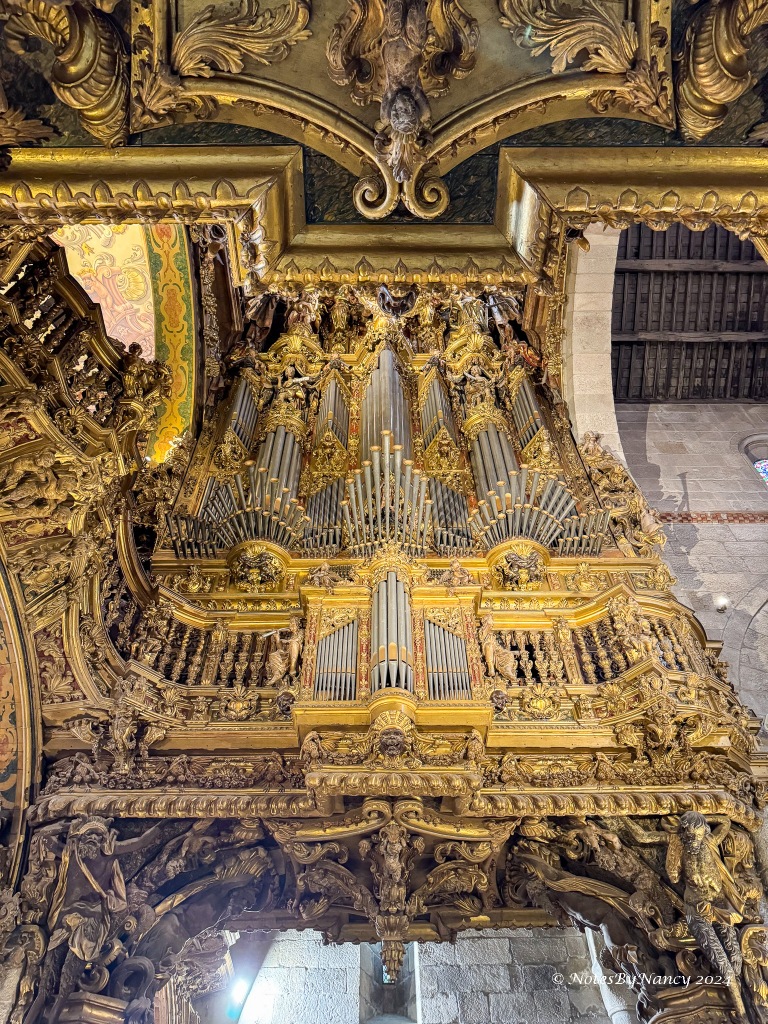
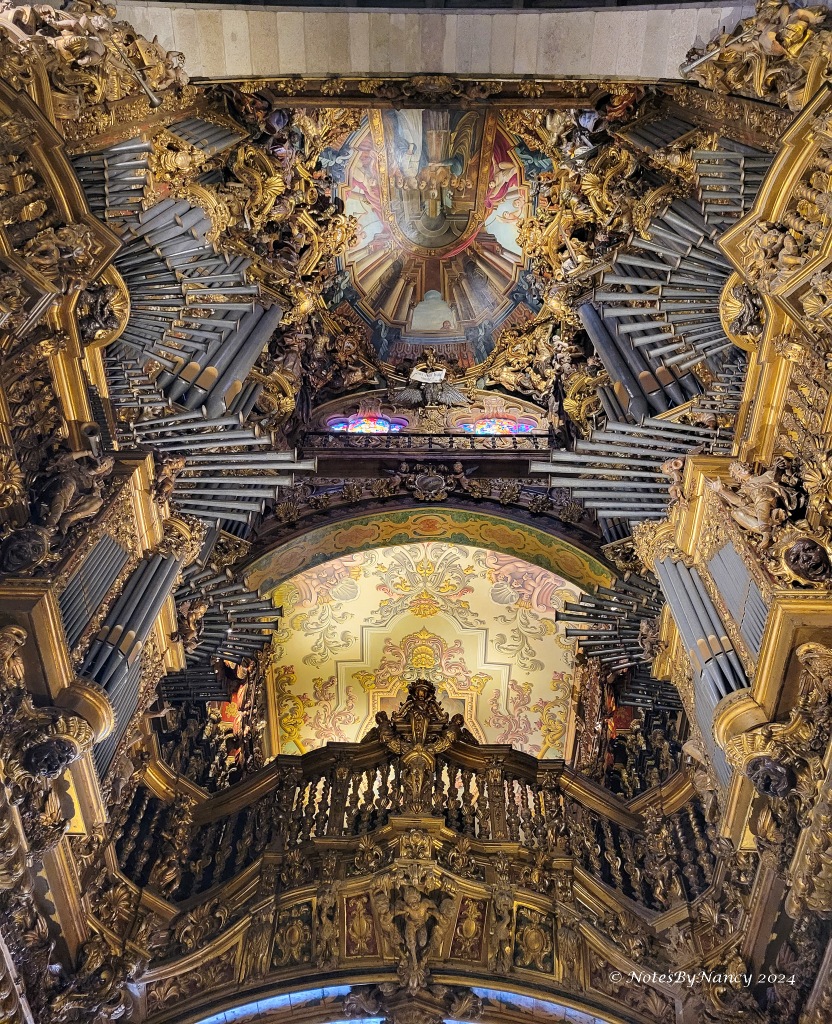
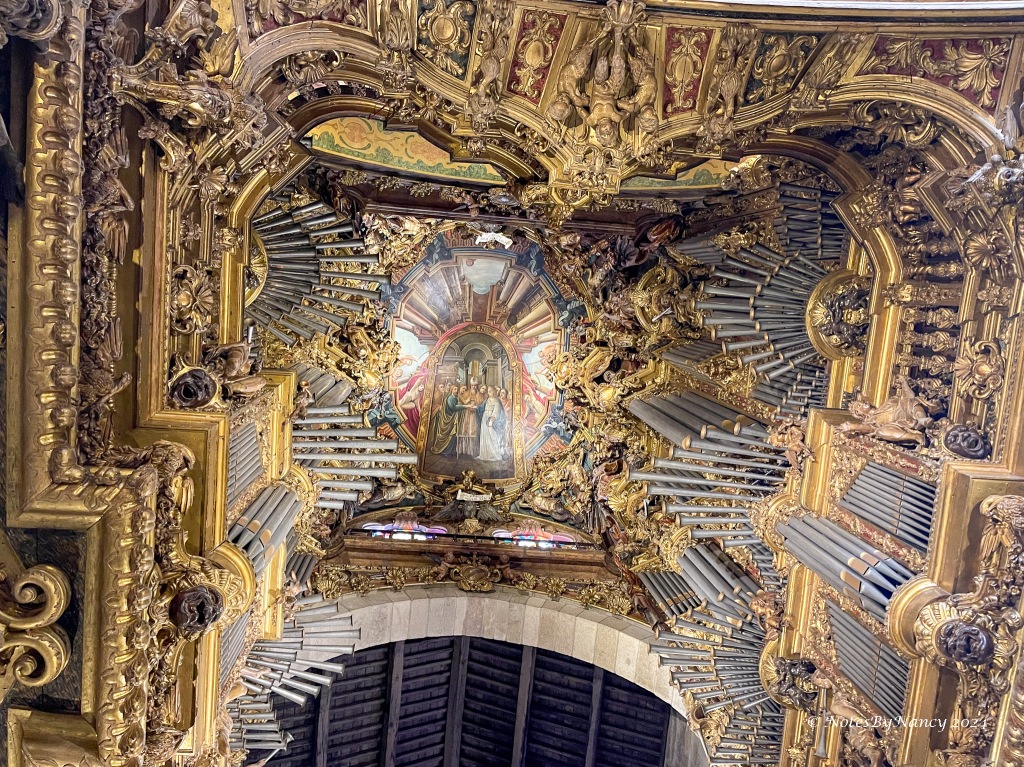


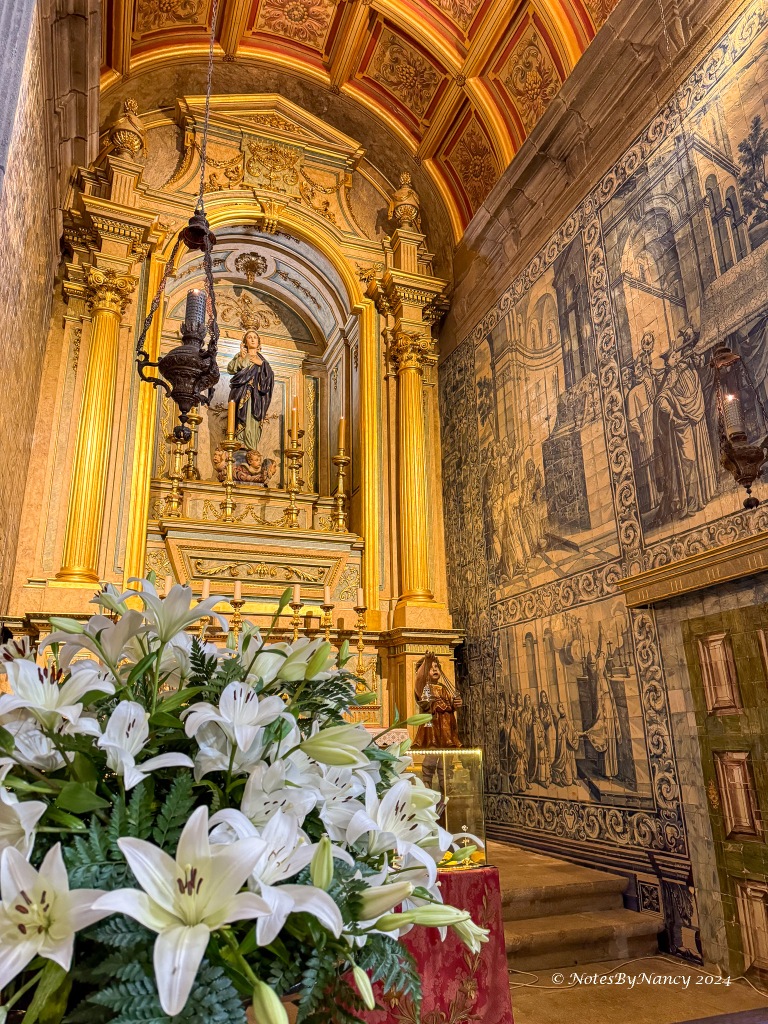
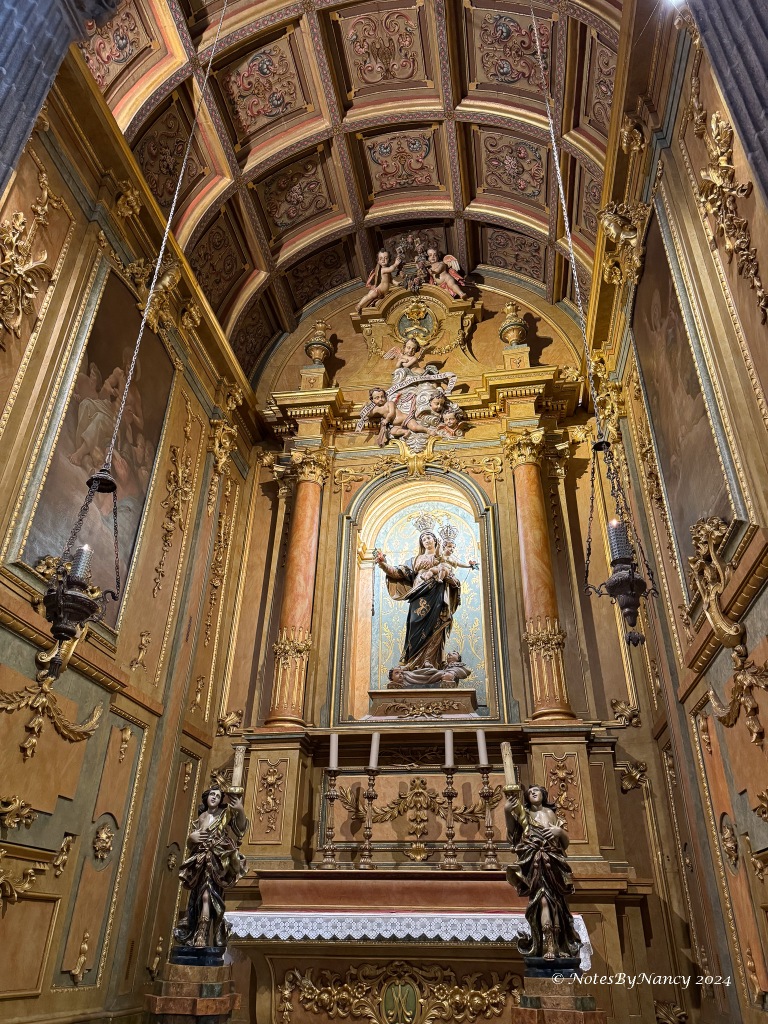
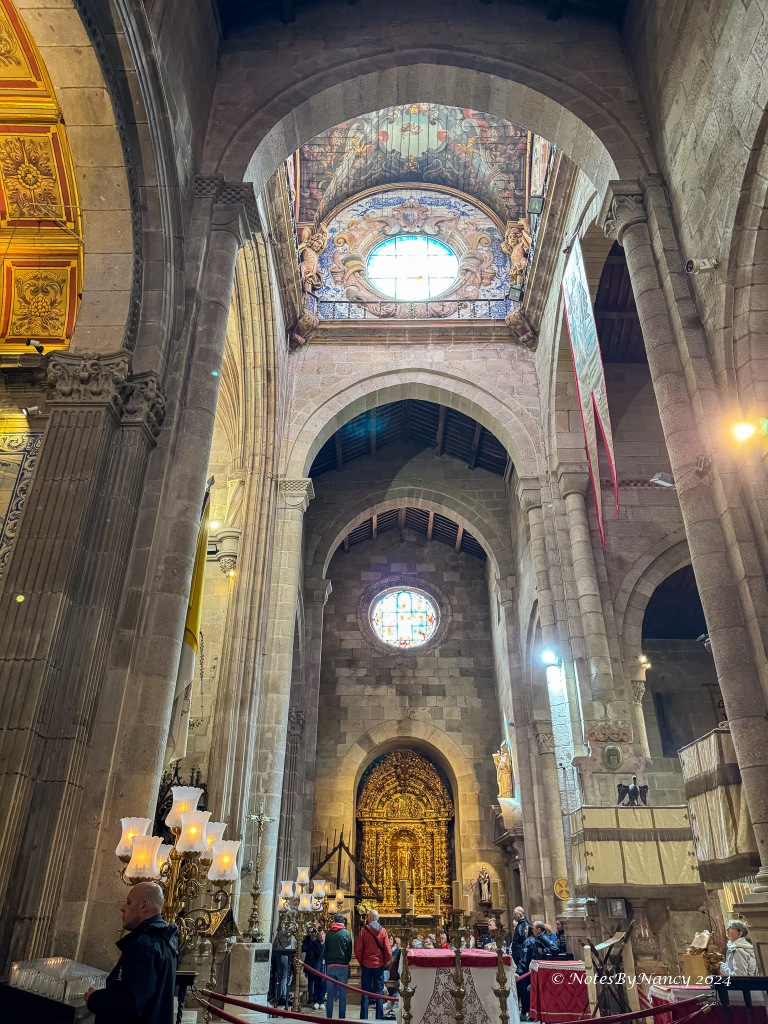
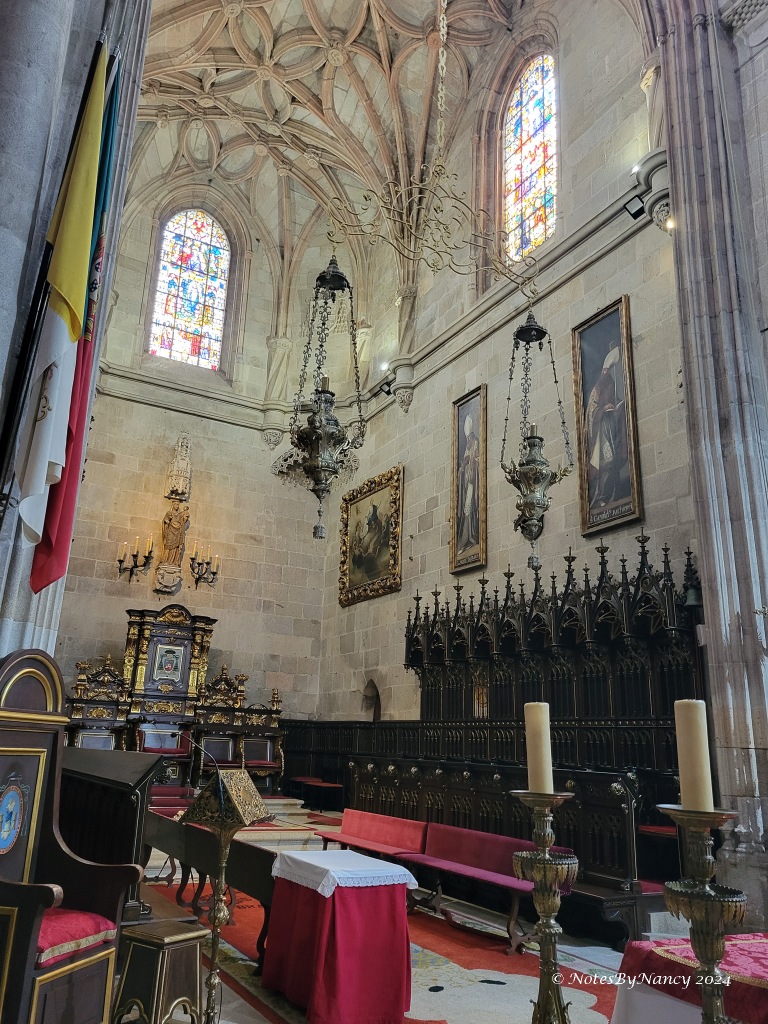
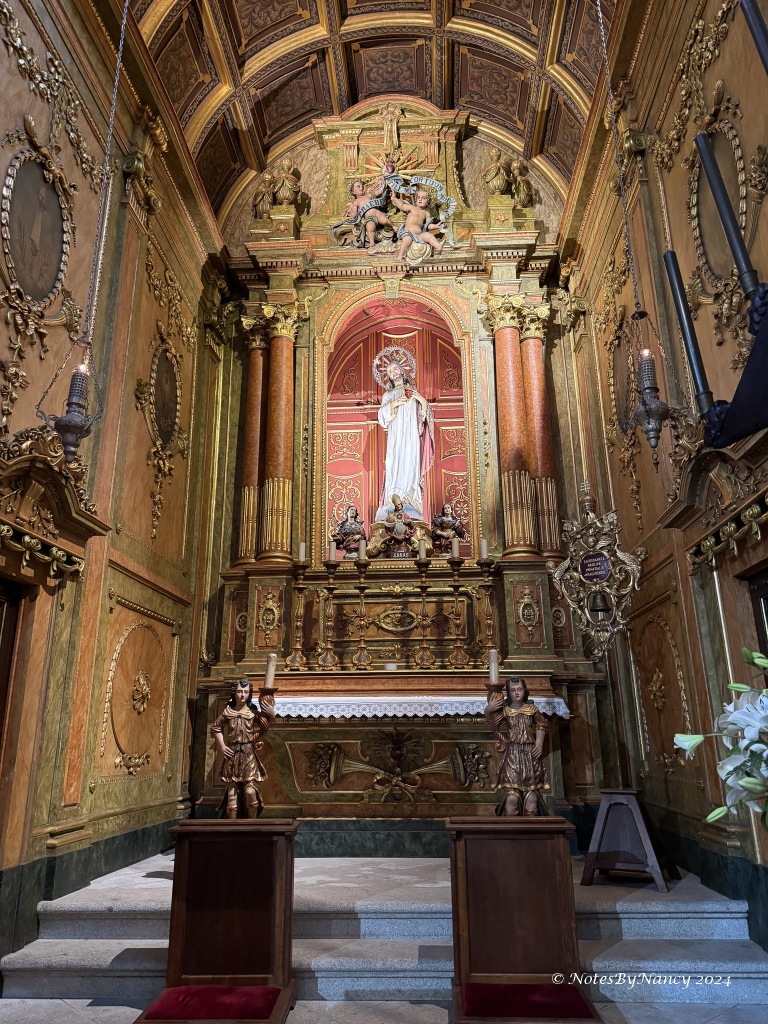
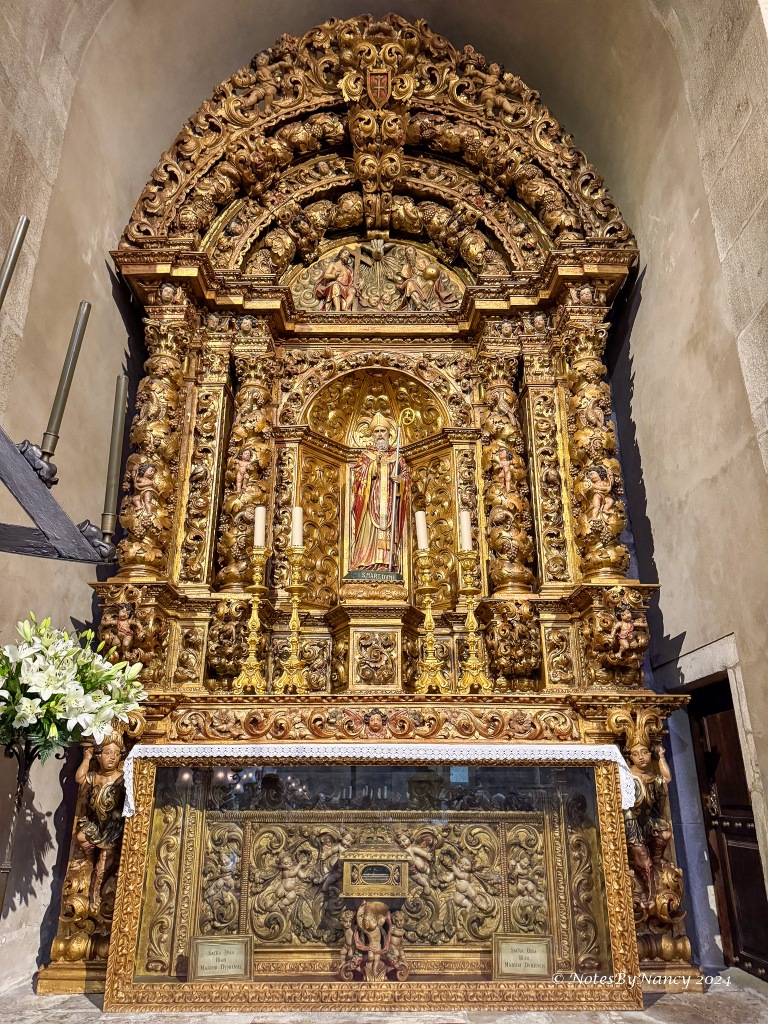
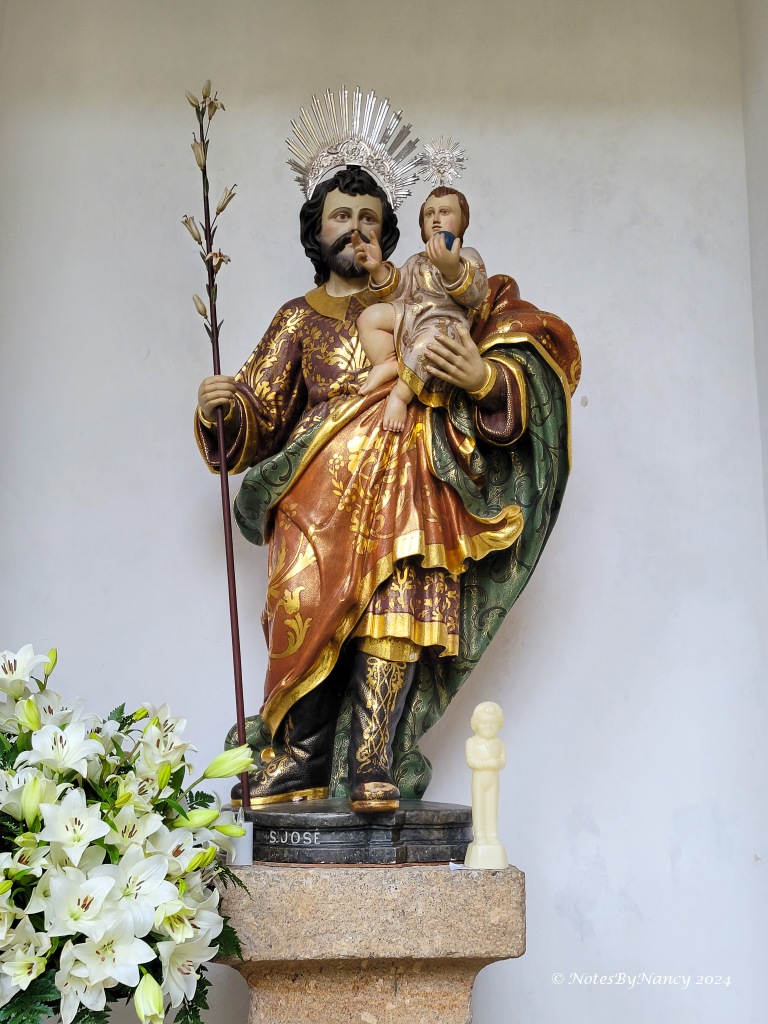
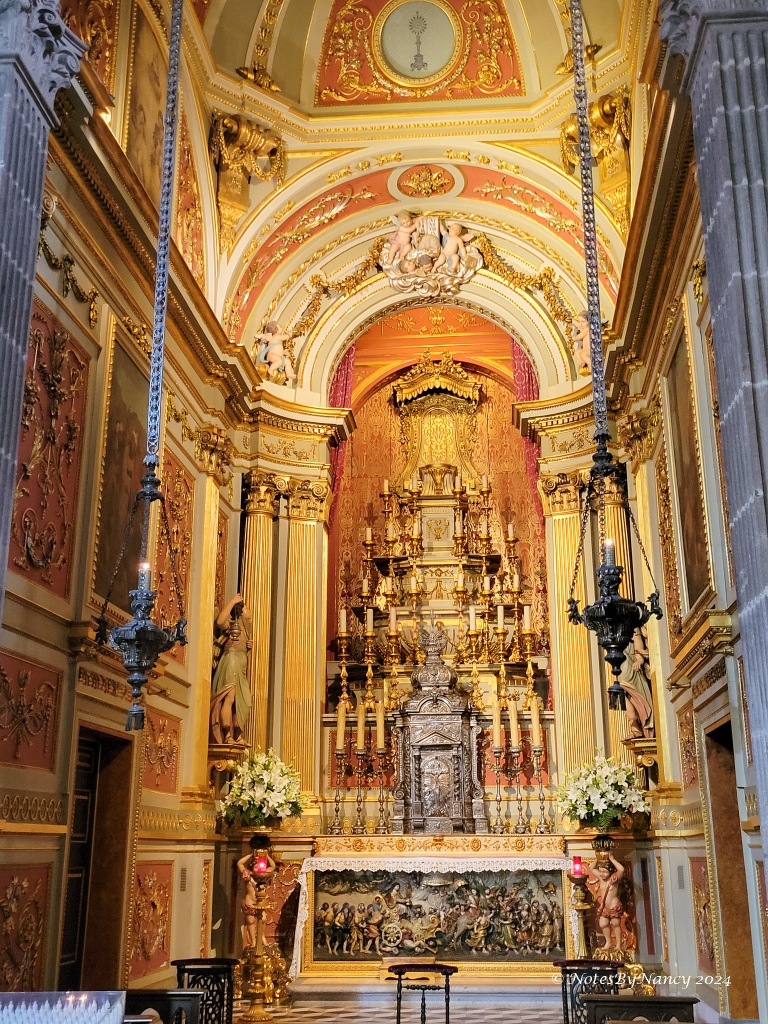


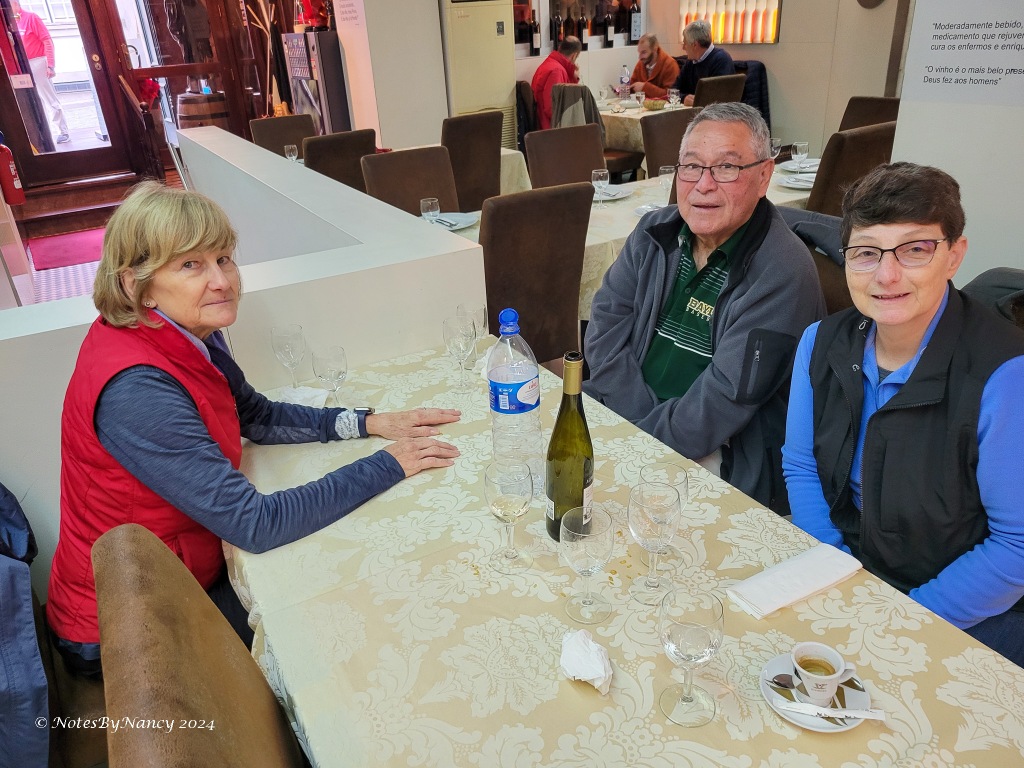
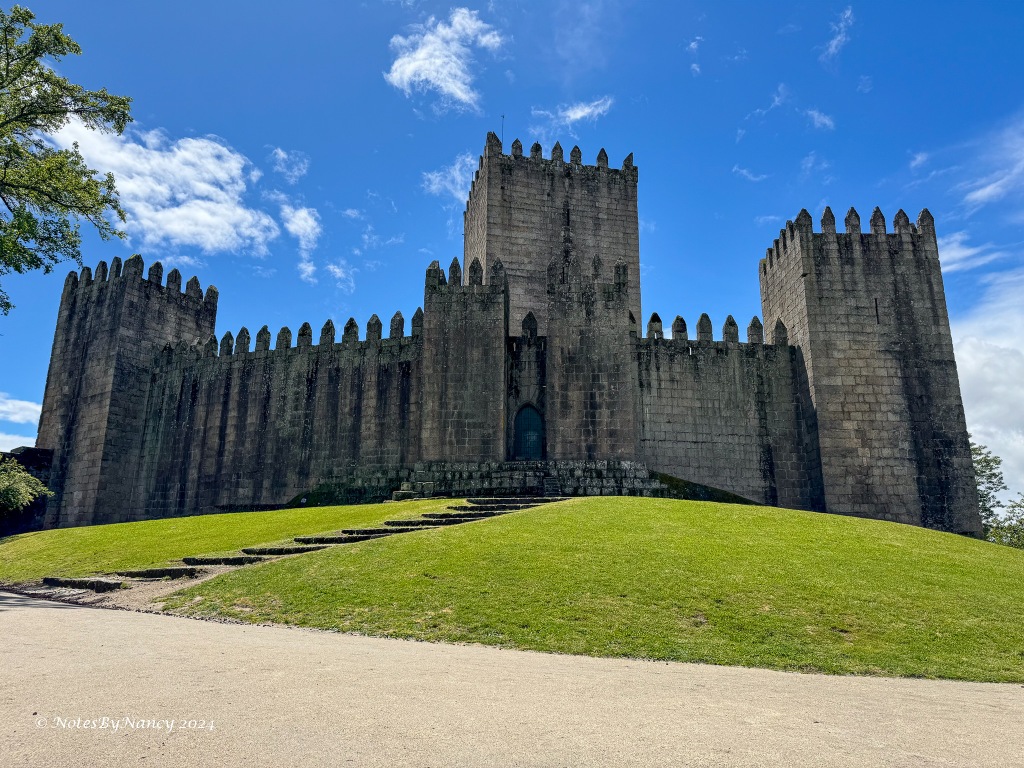
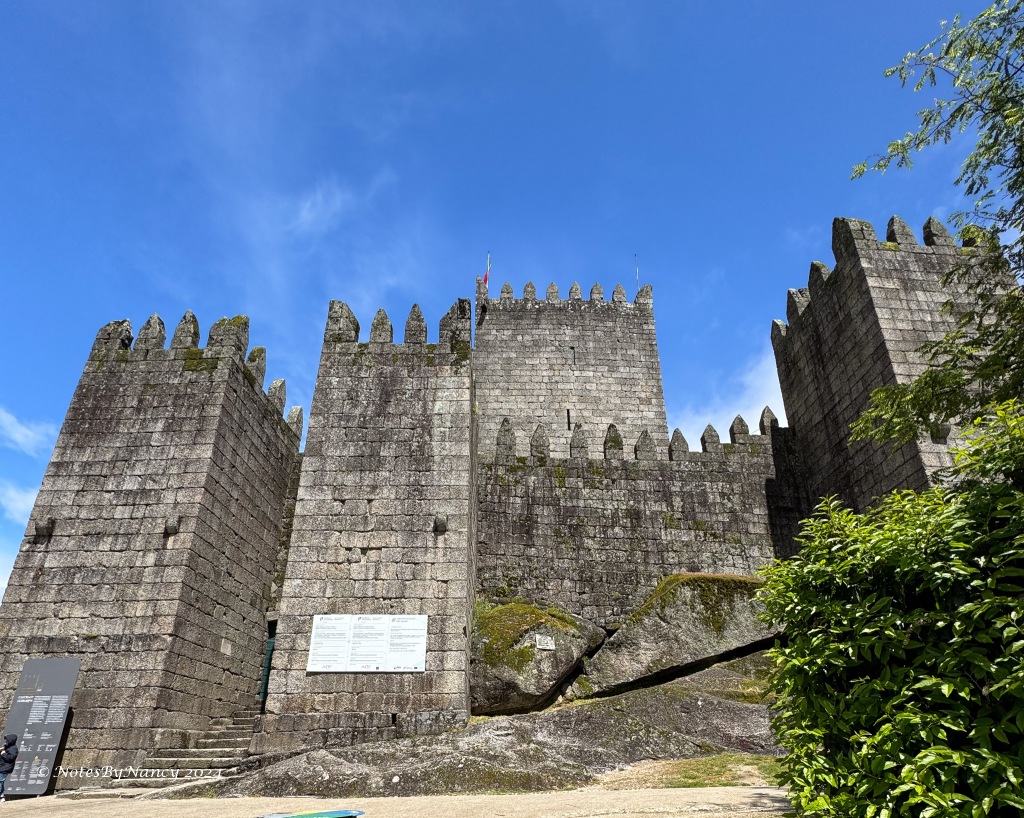
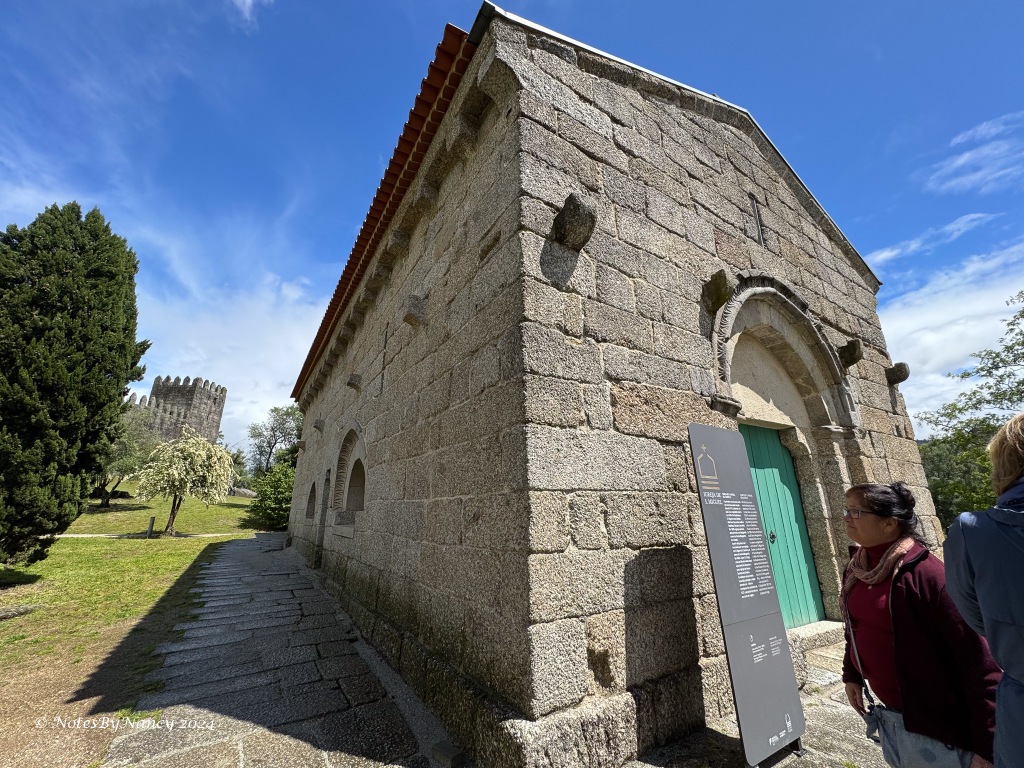
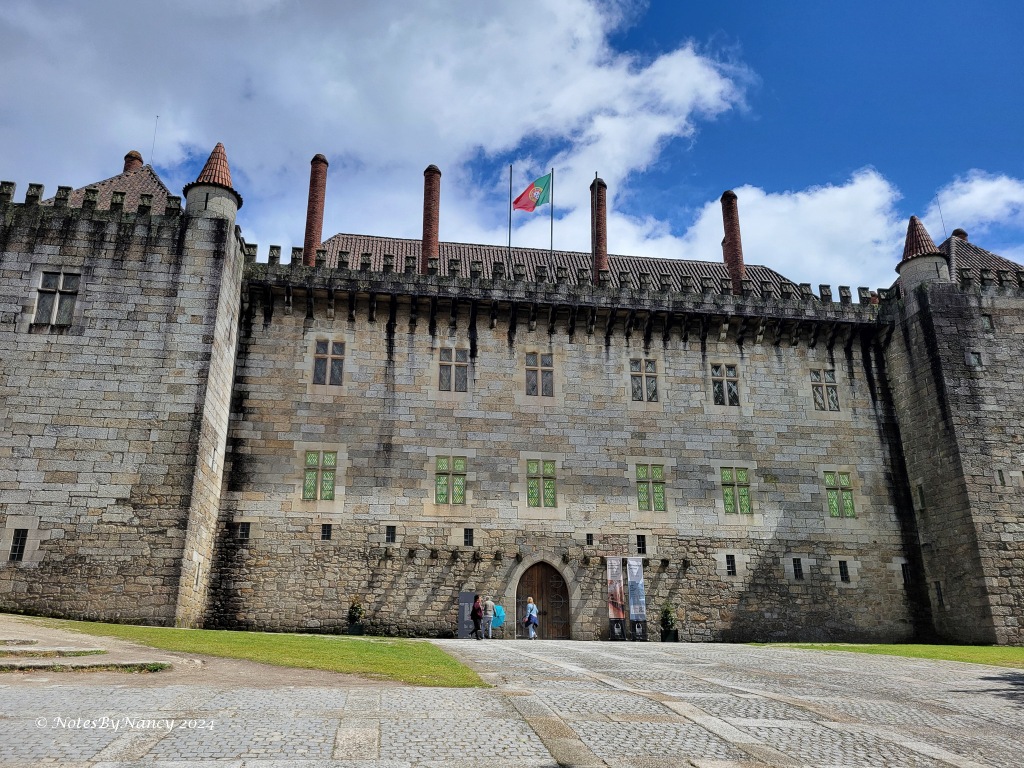
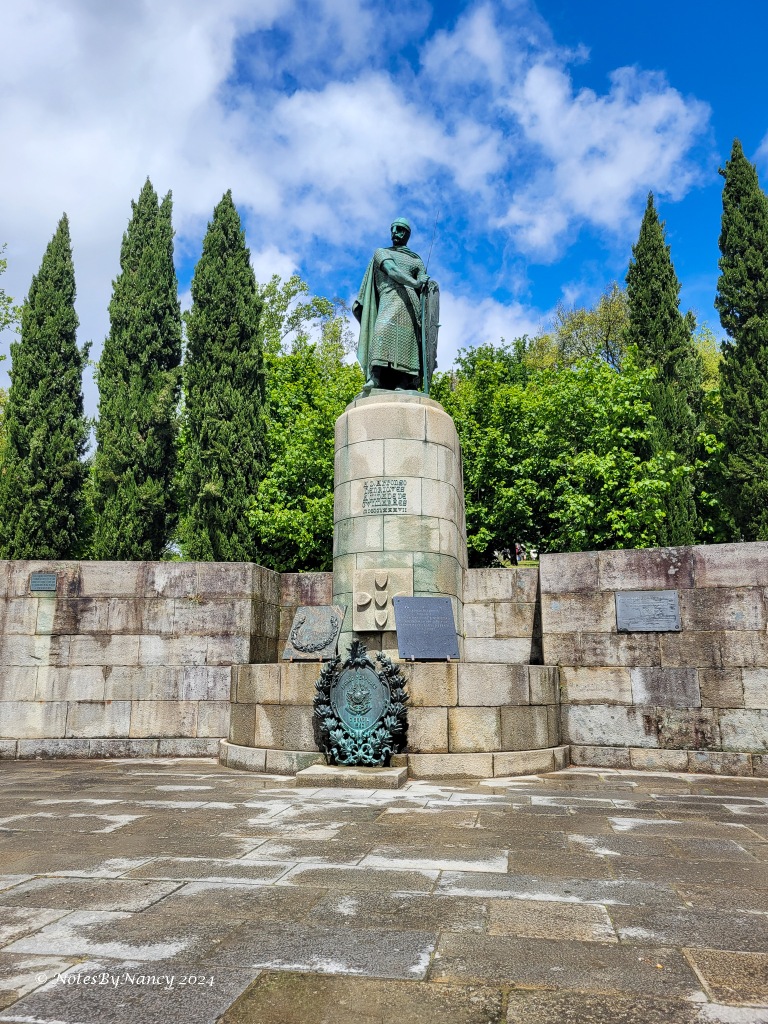
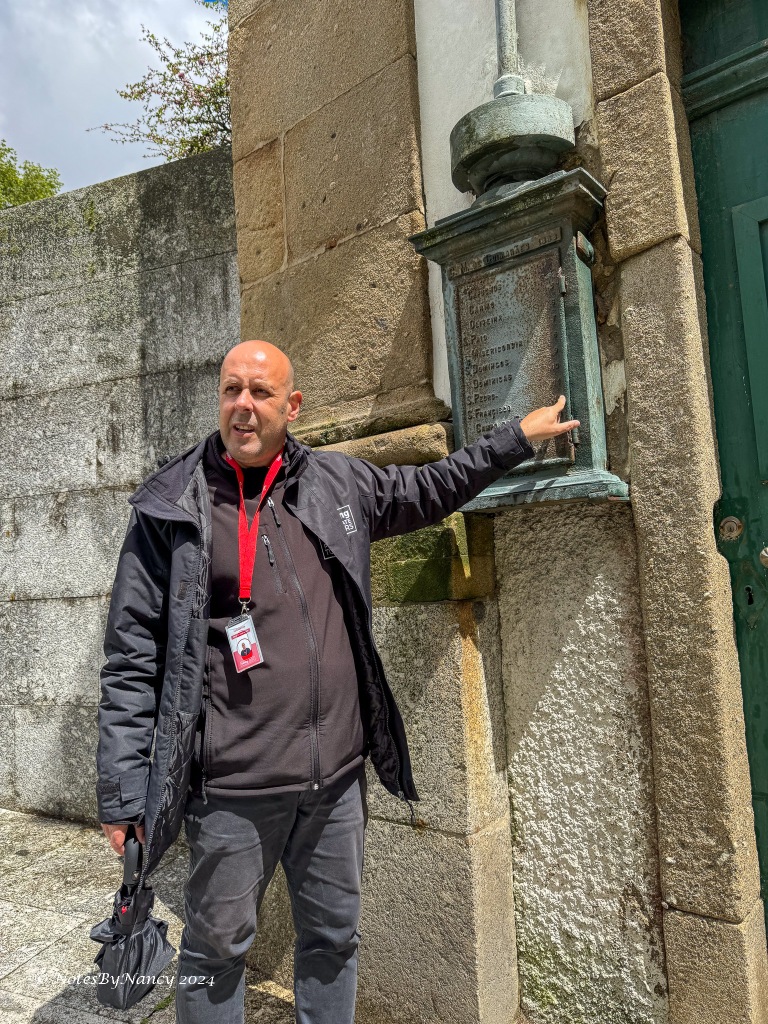
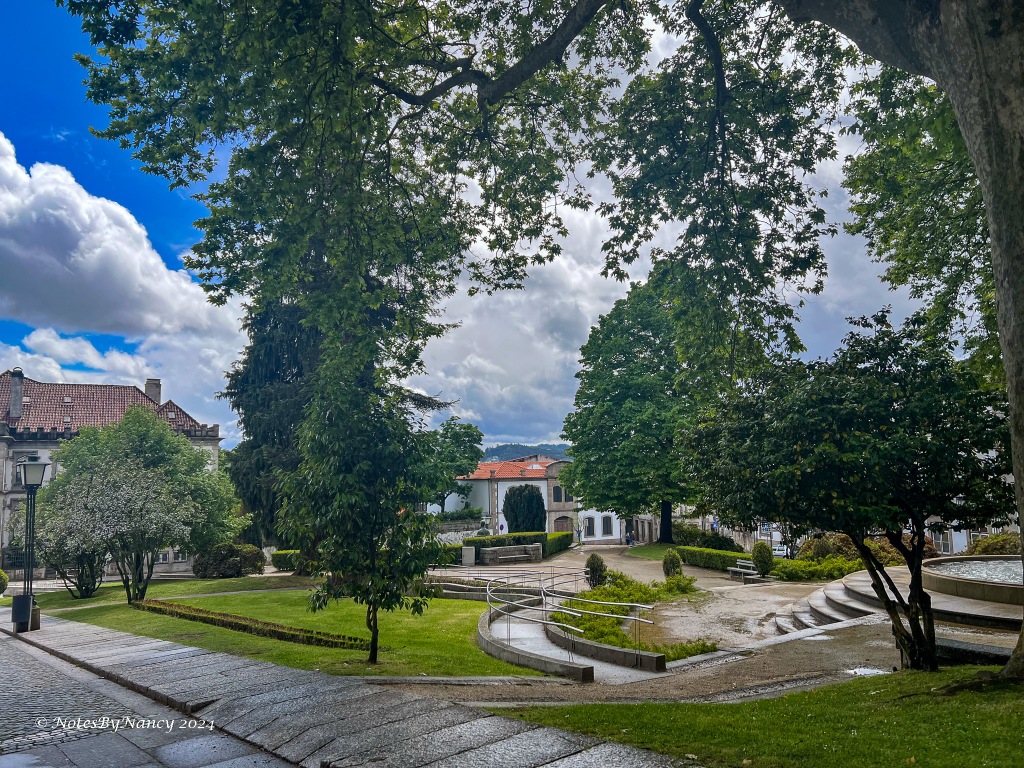
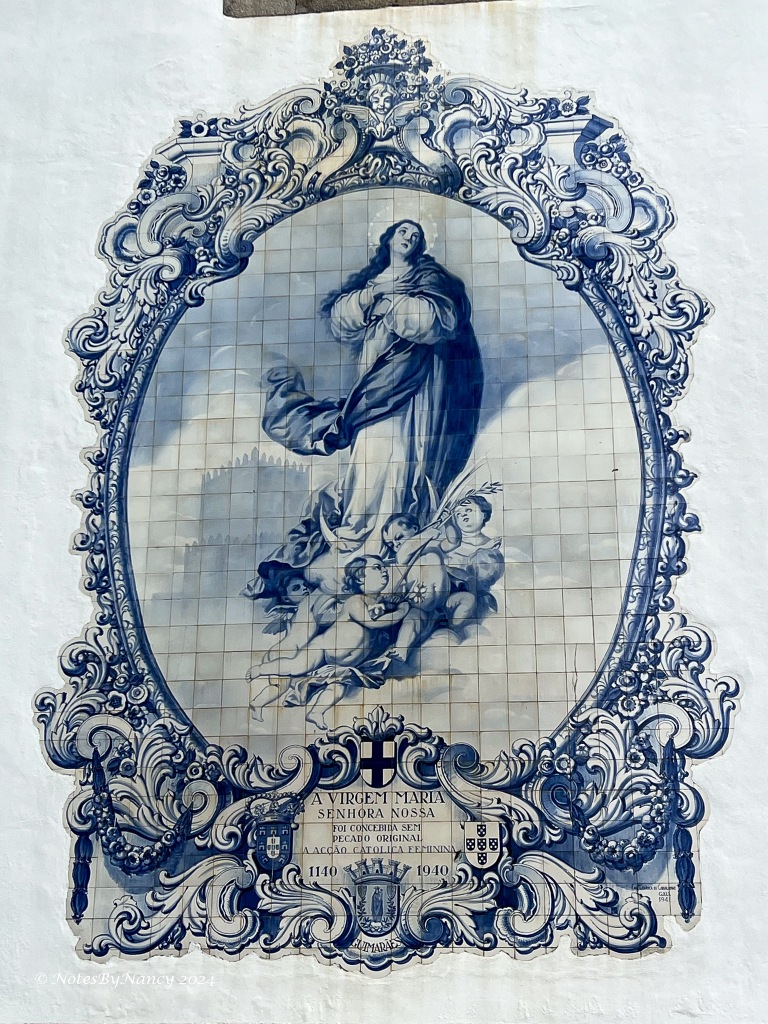
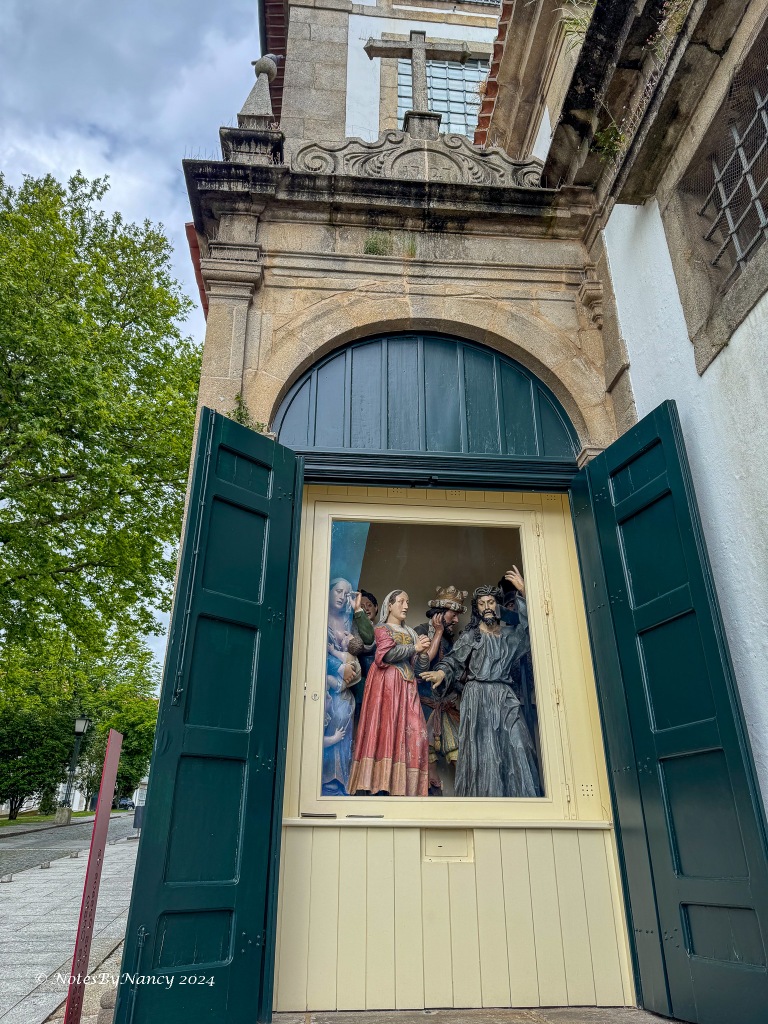
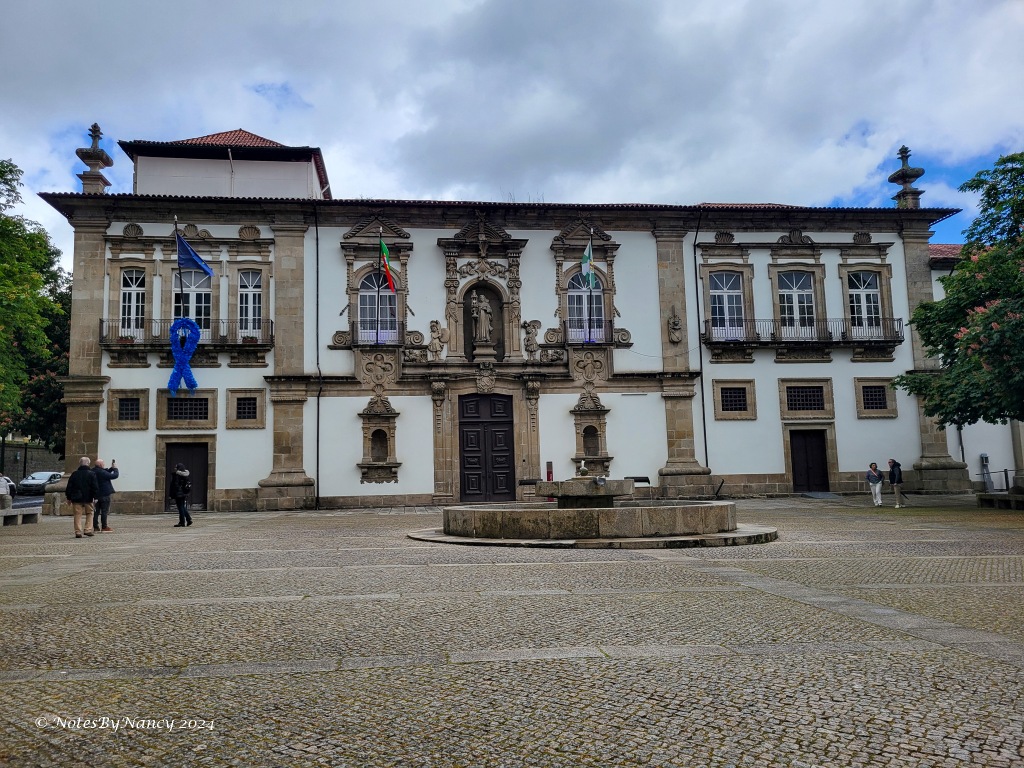
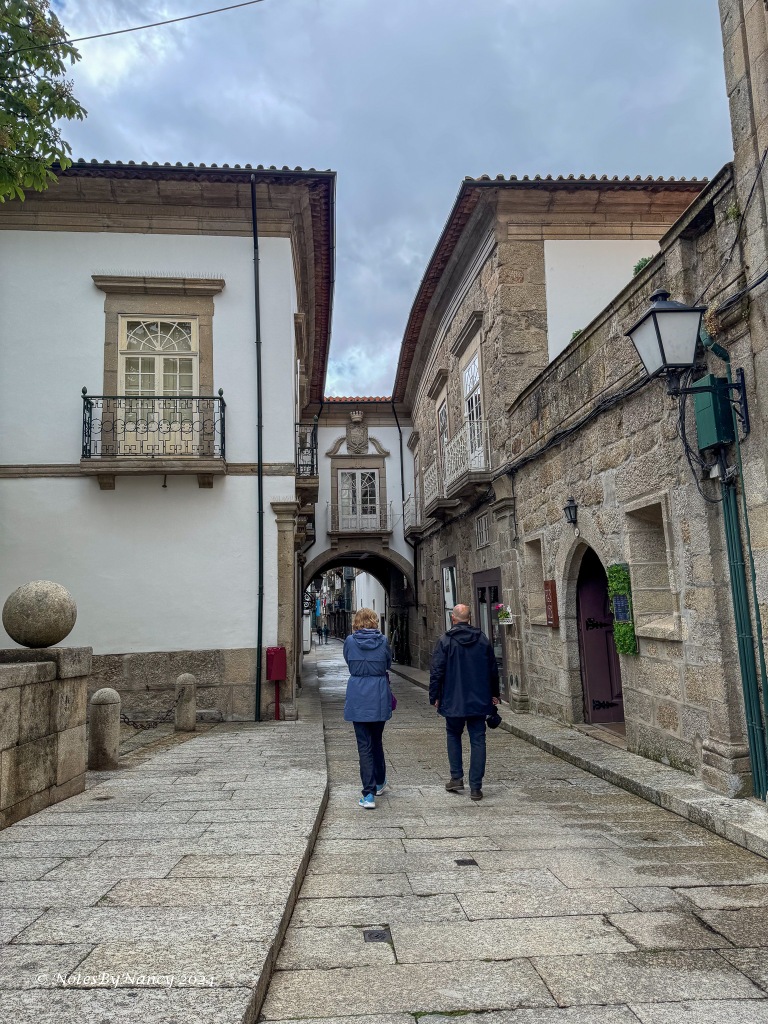
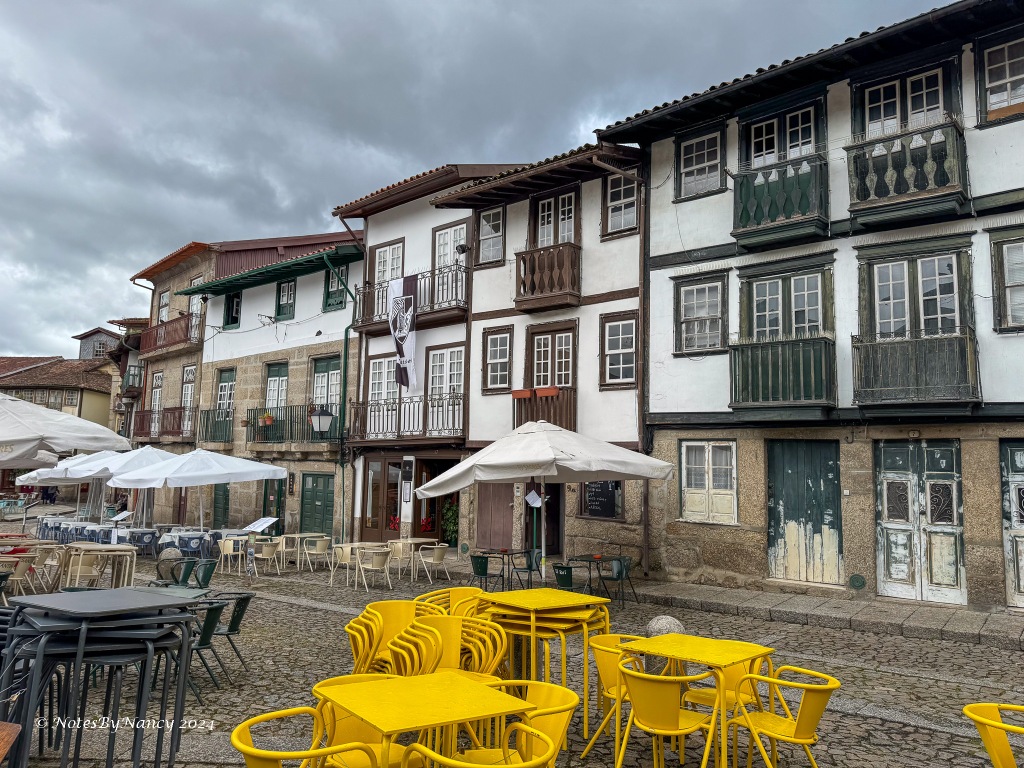
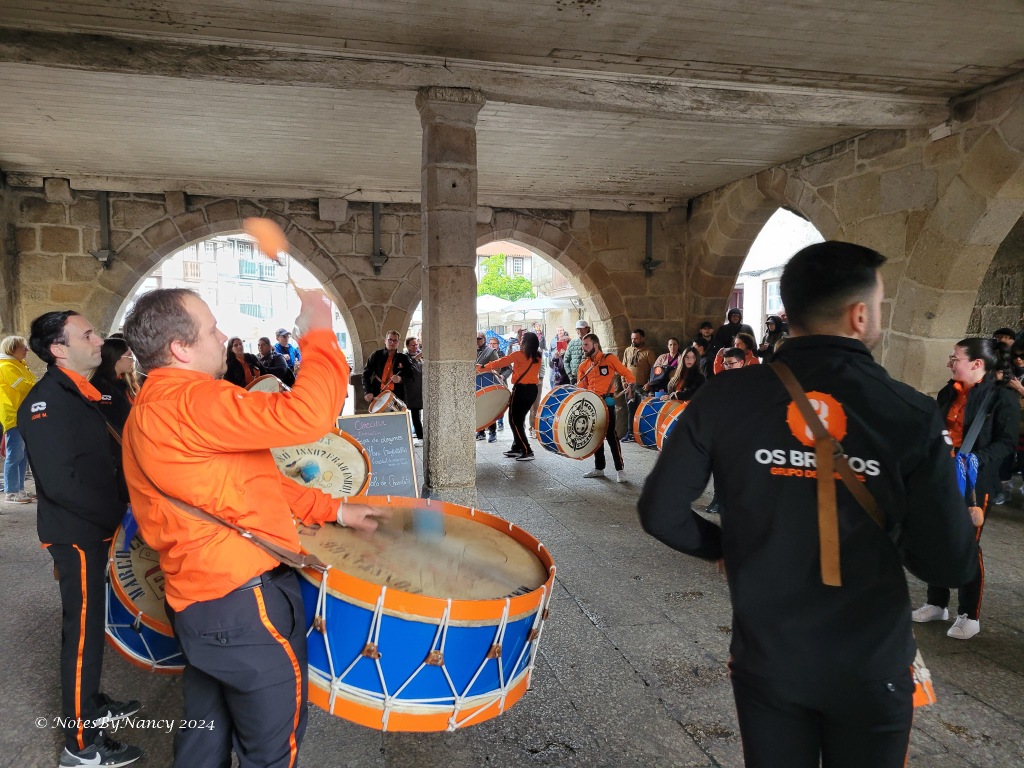

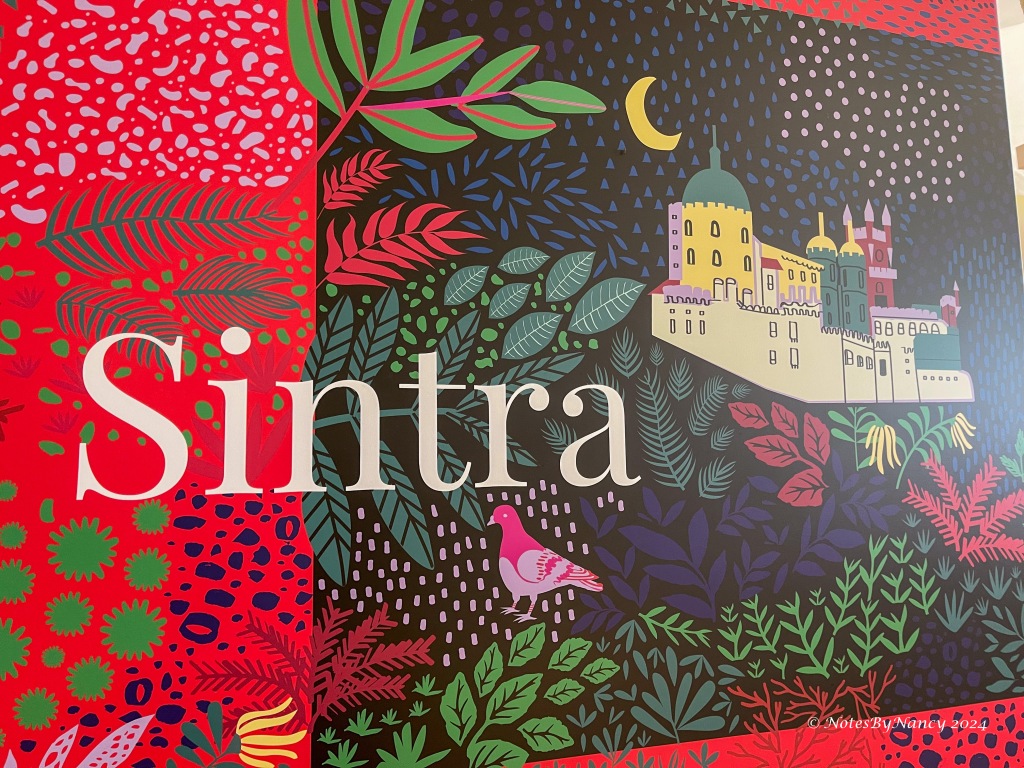
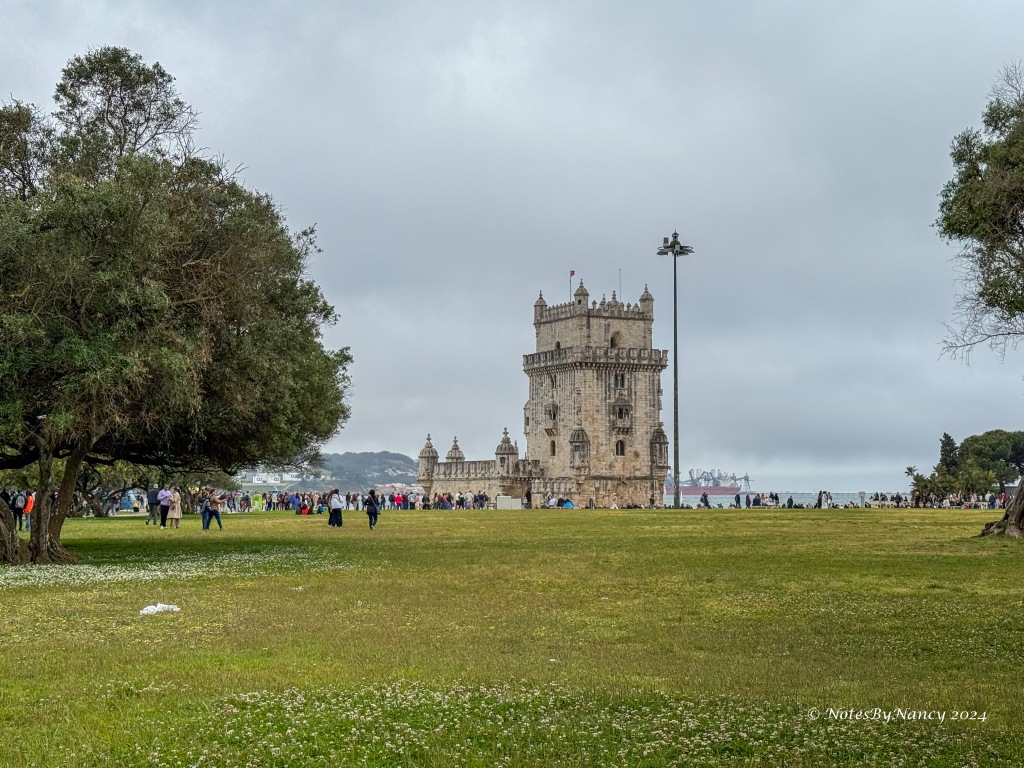

Leave a comment